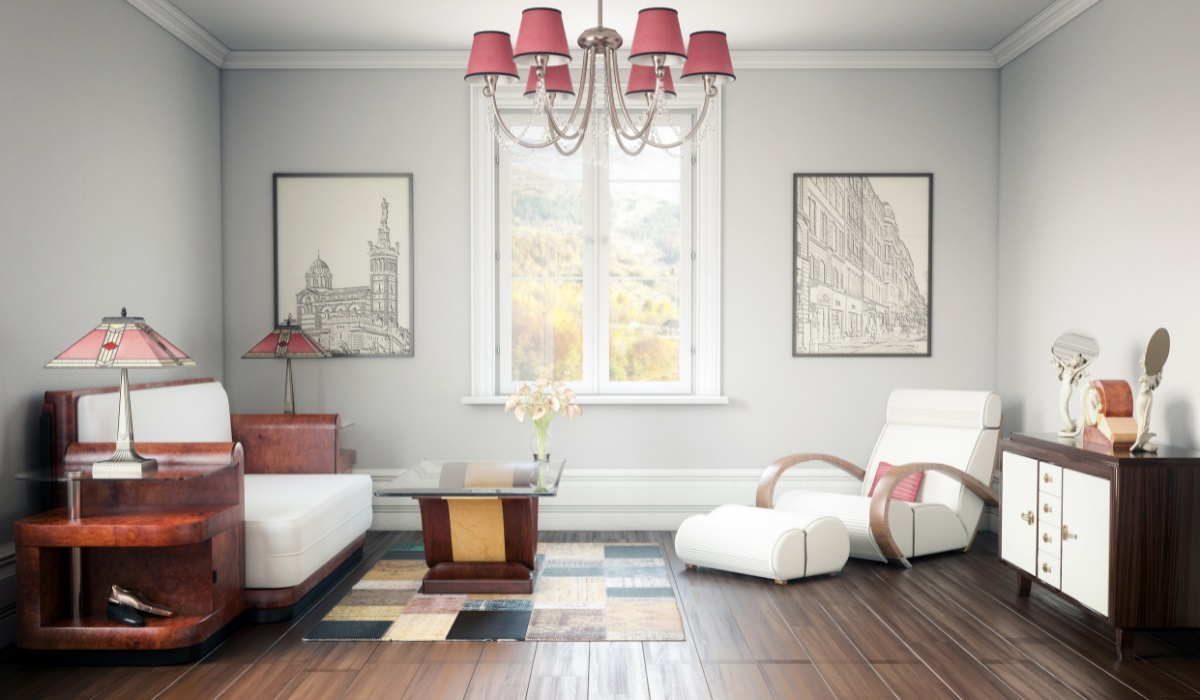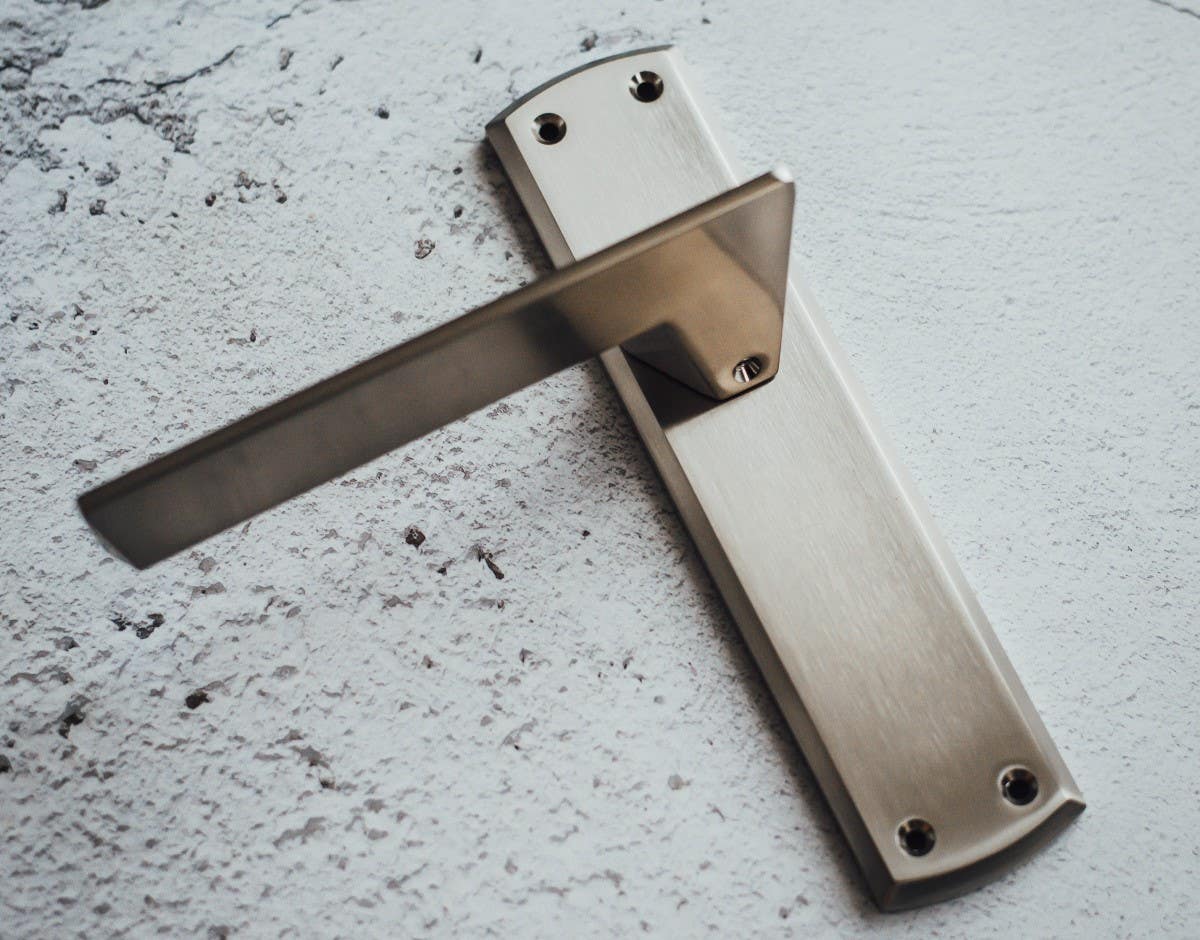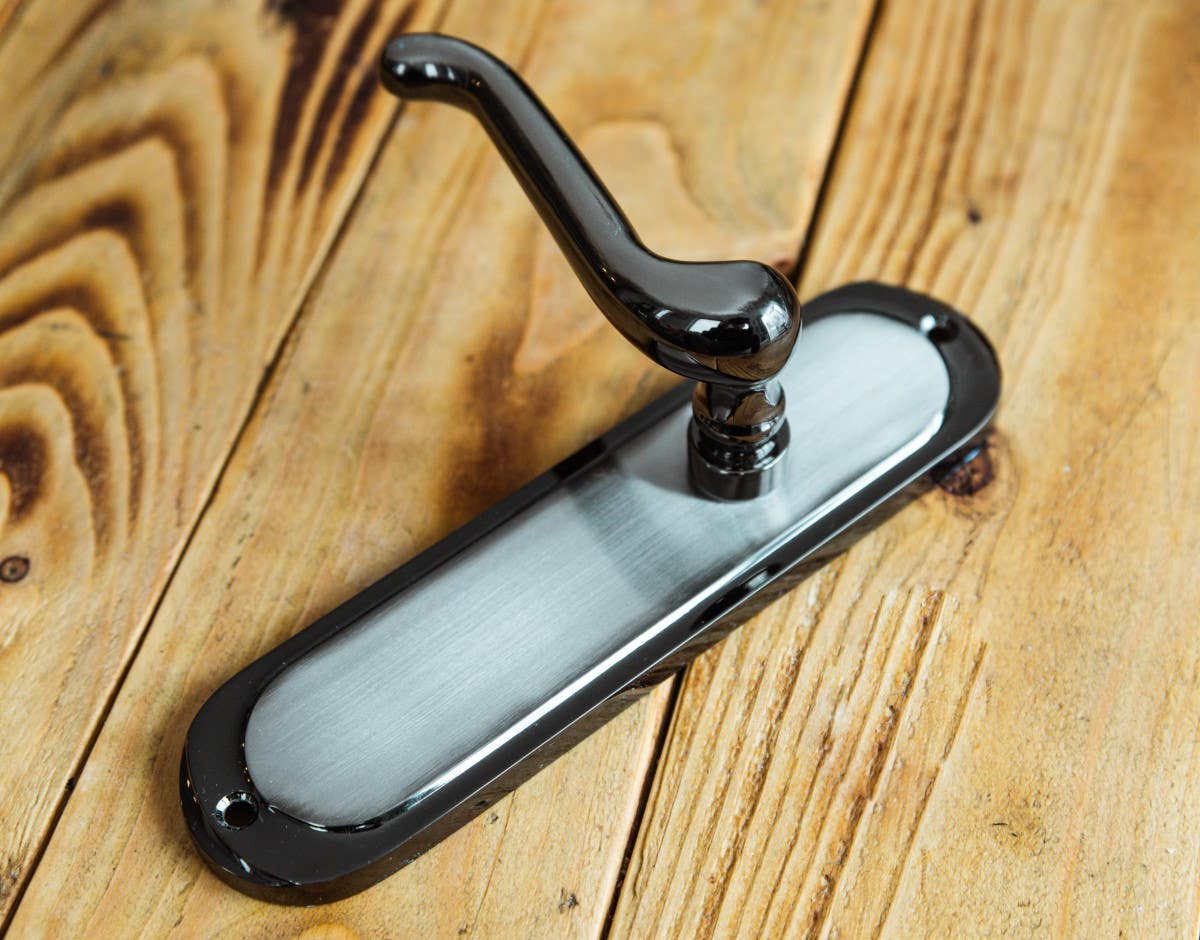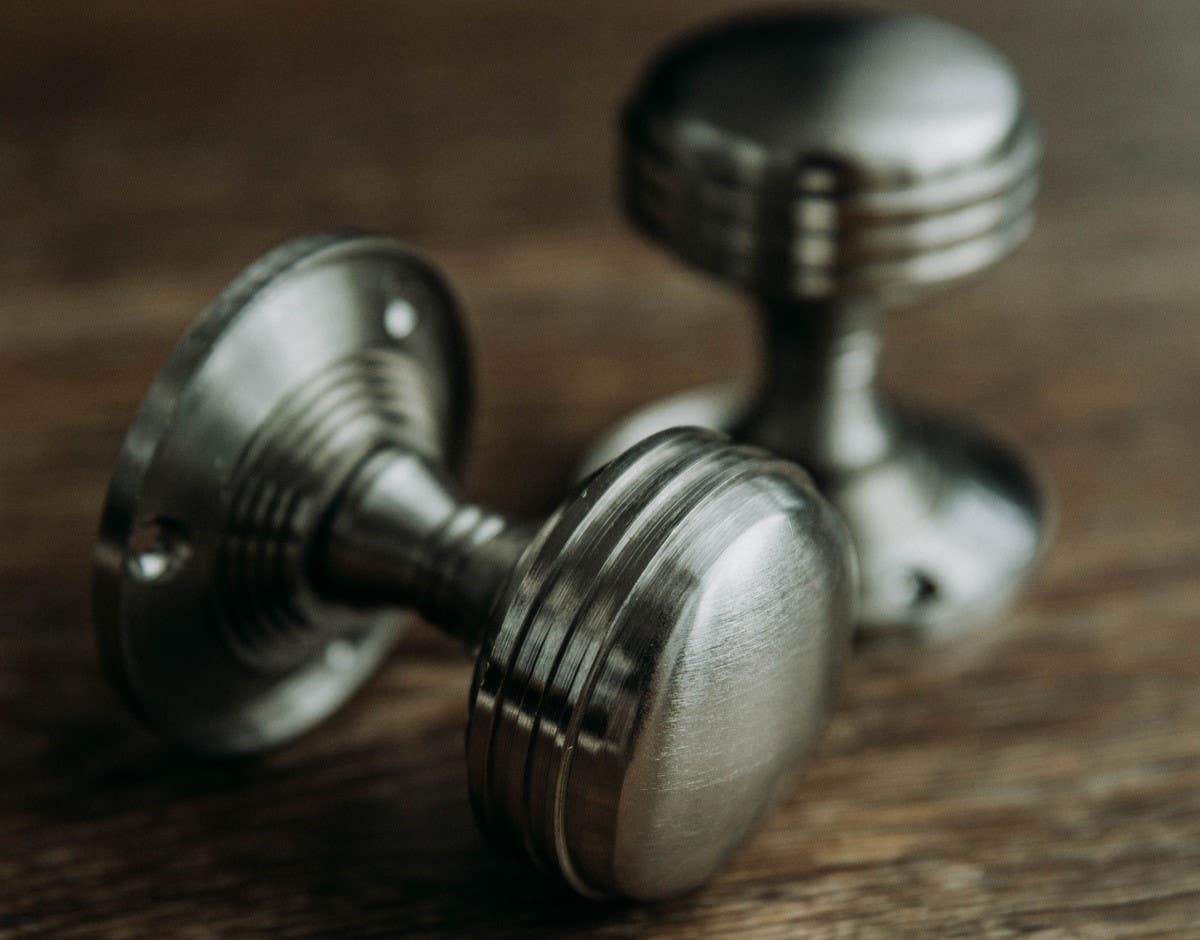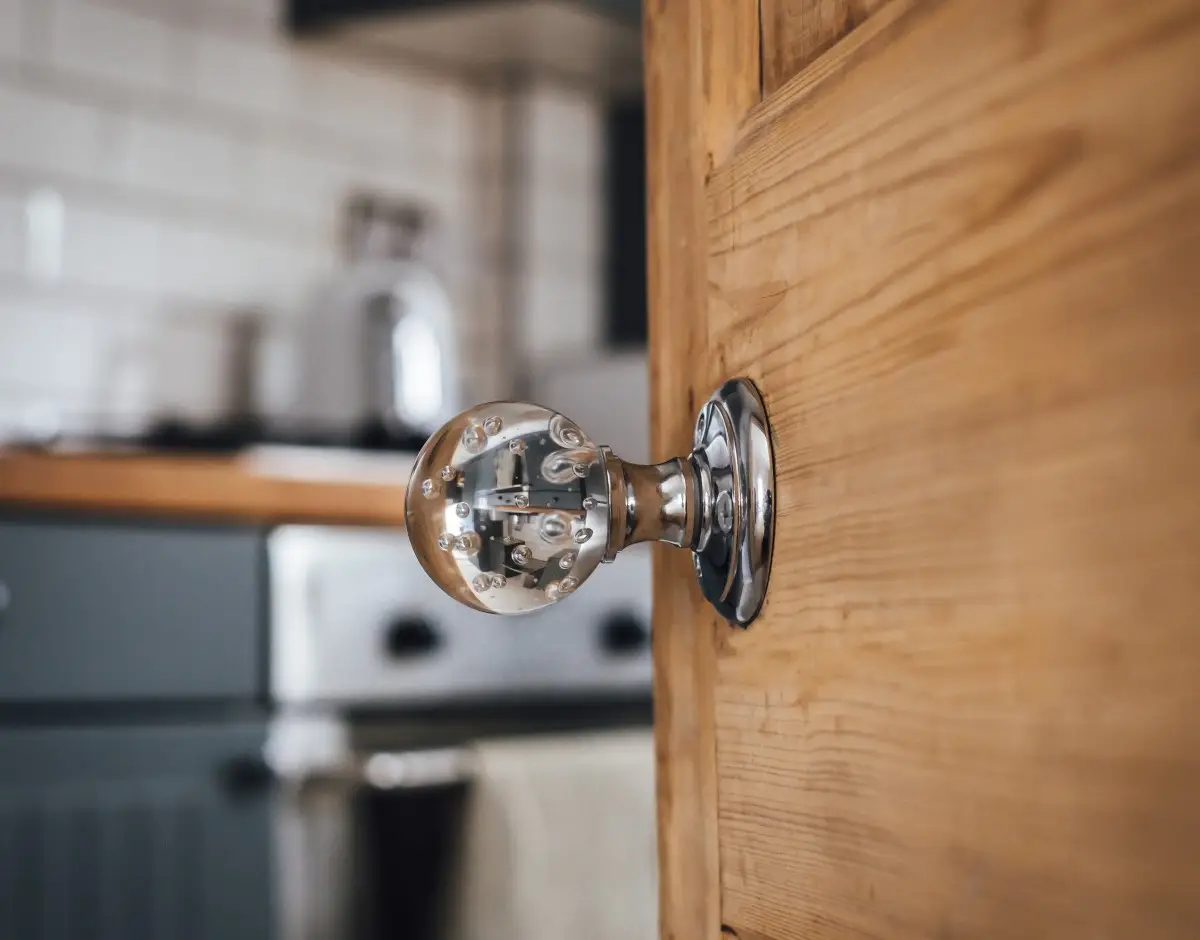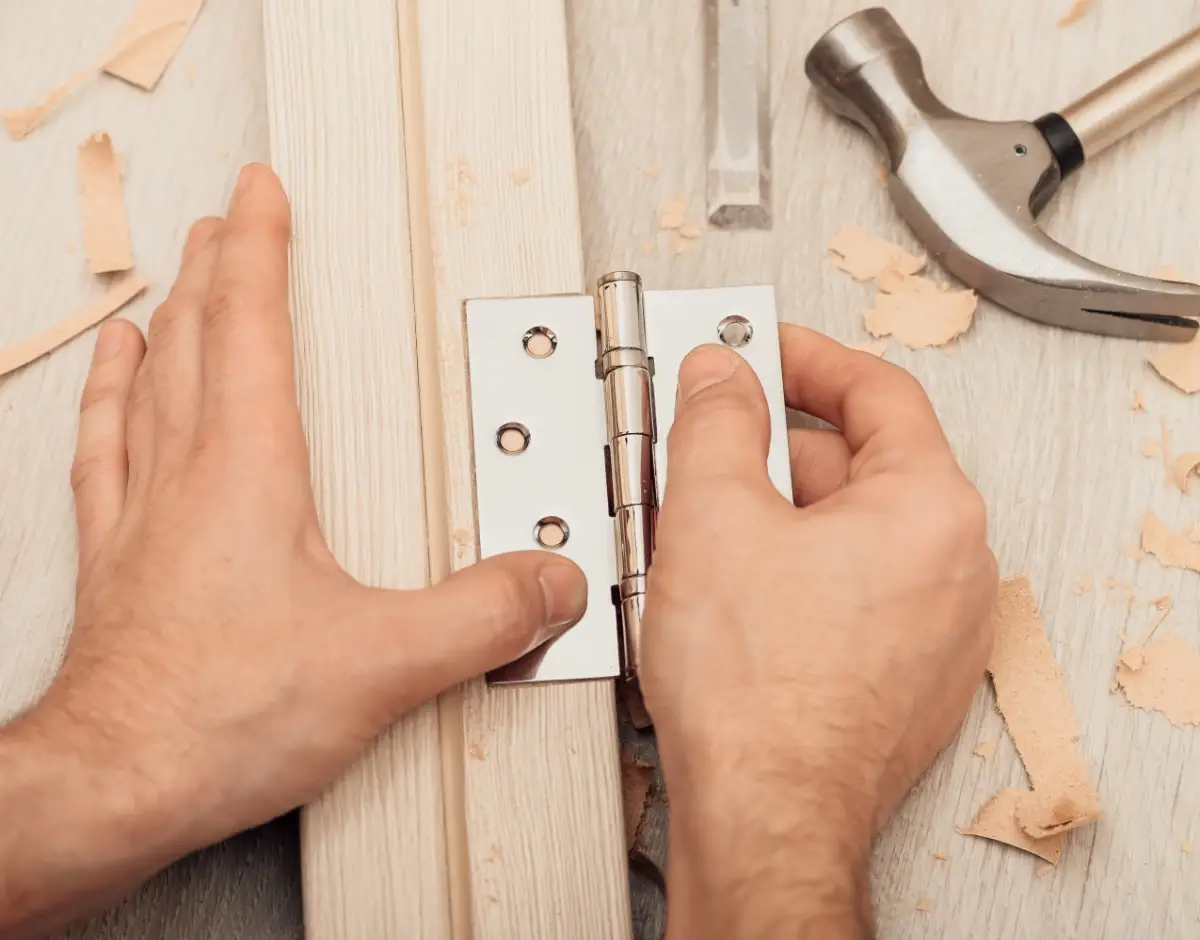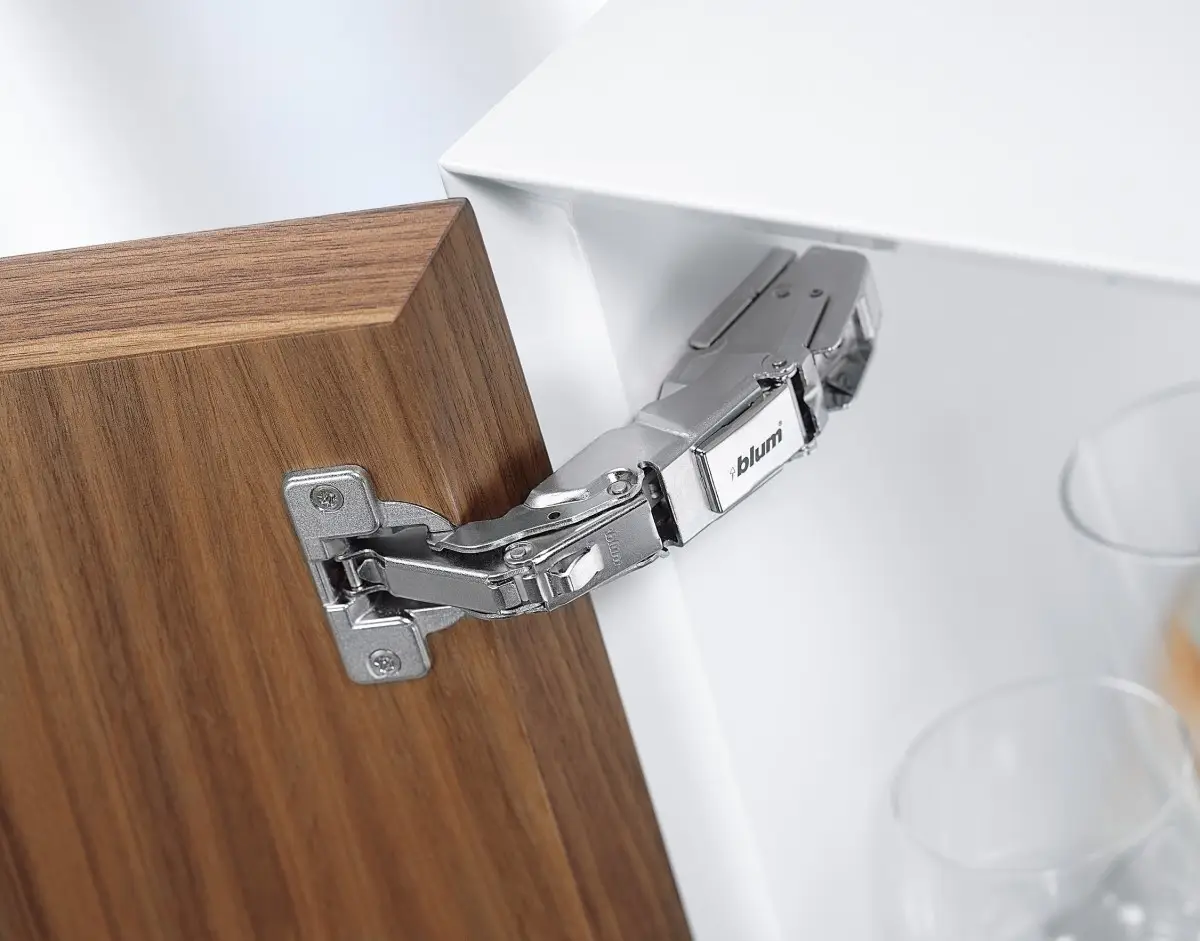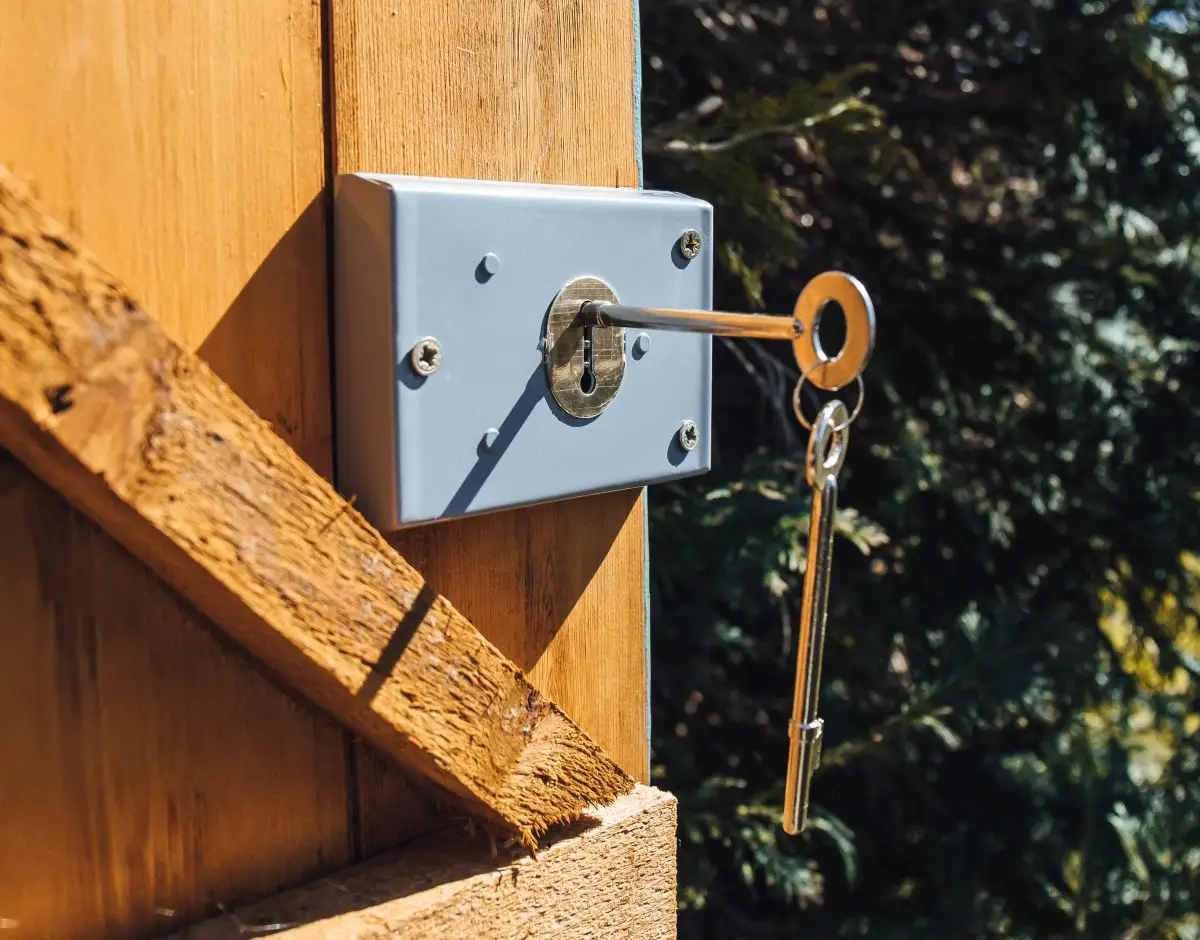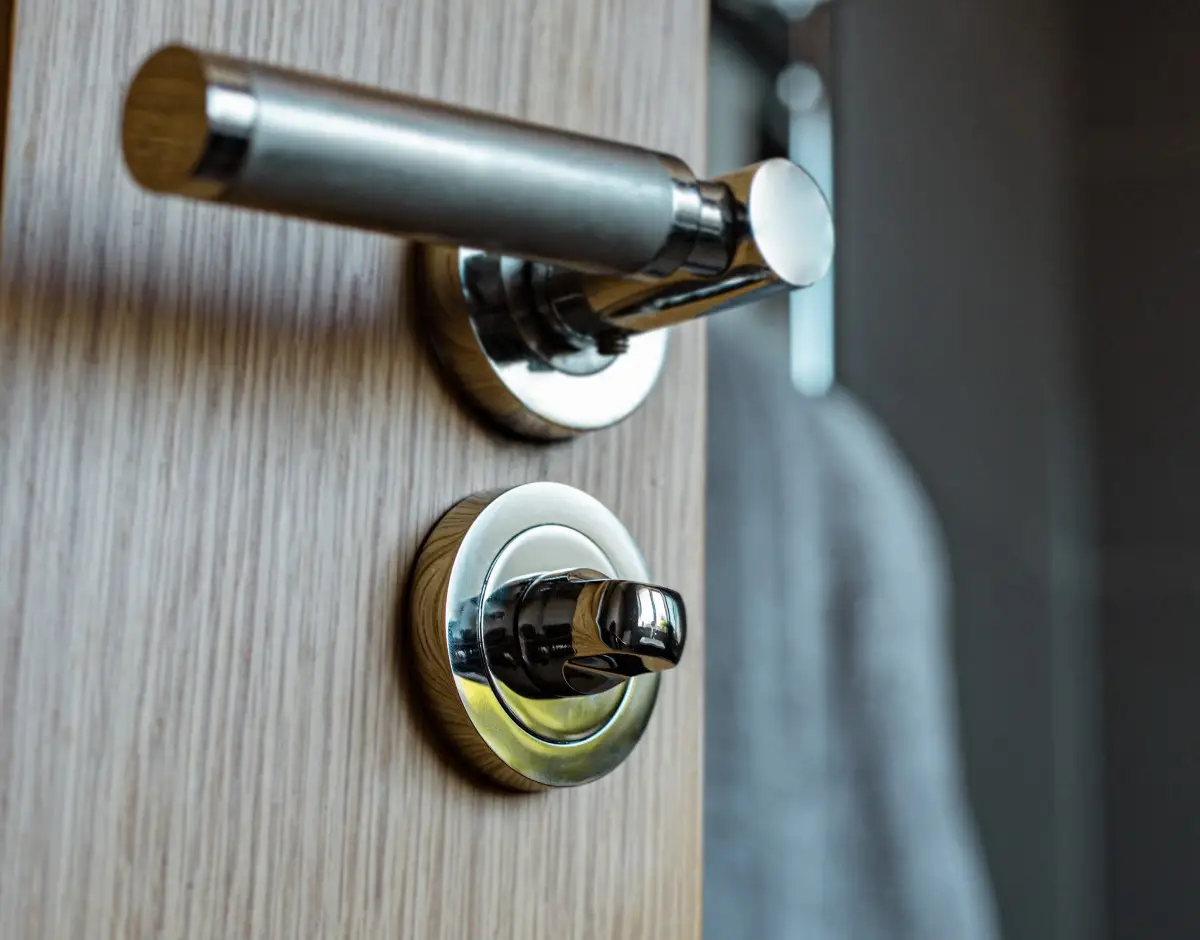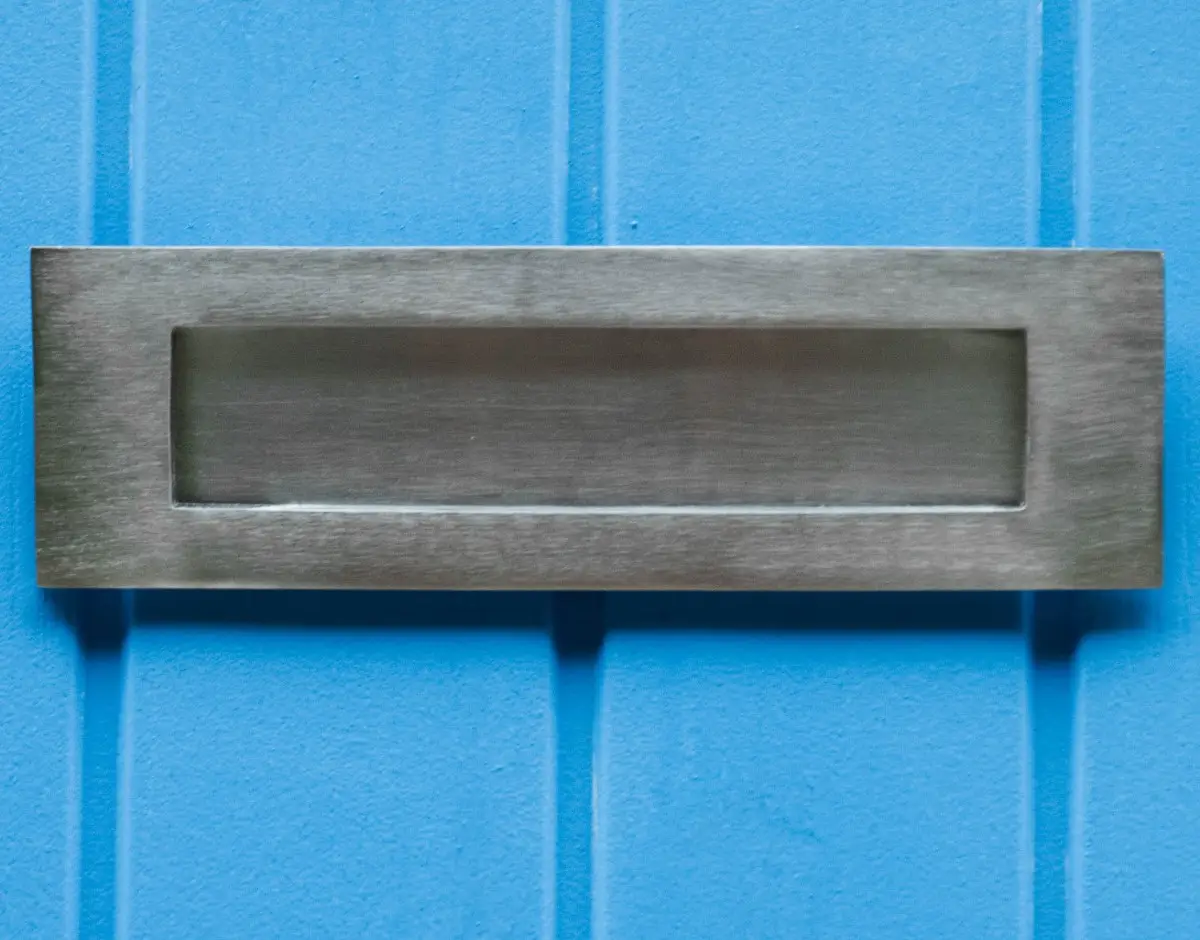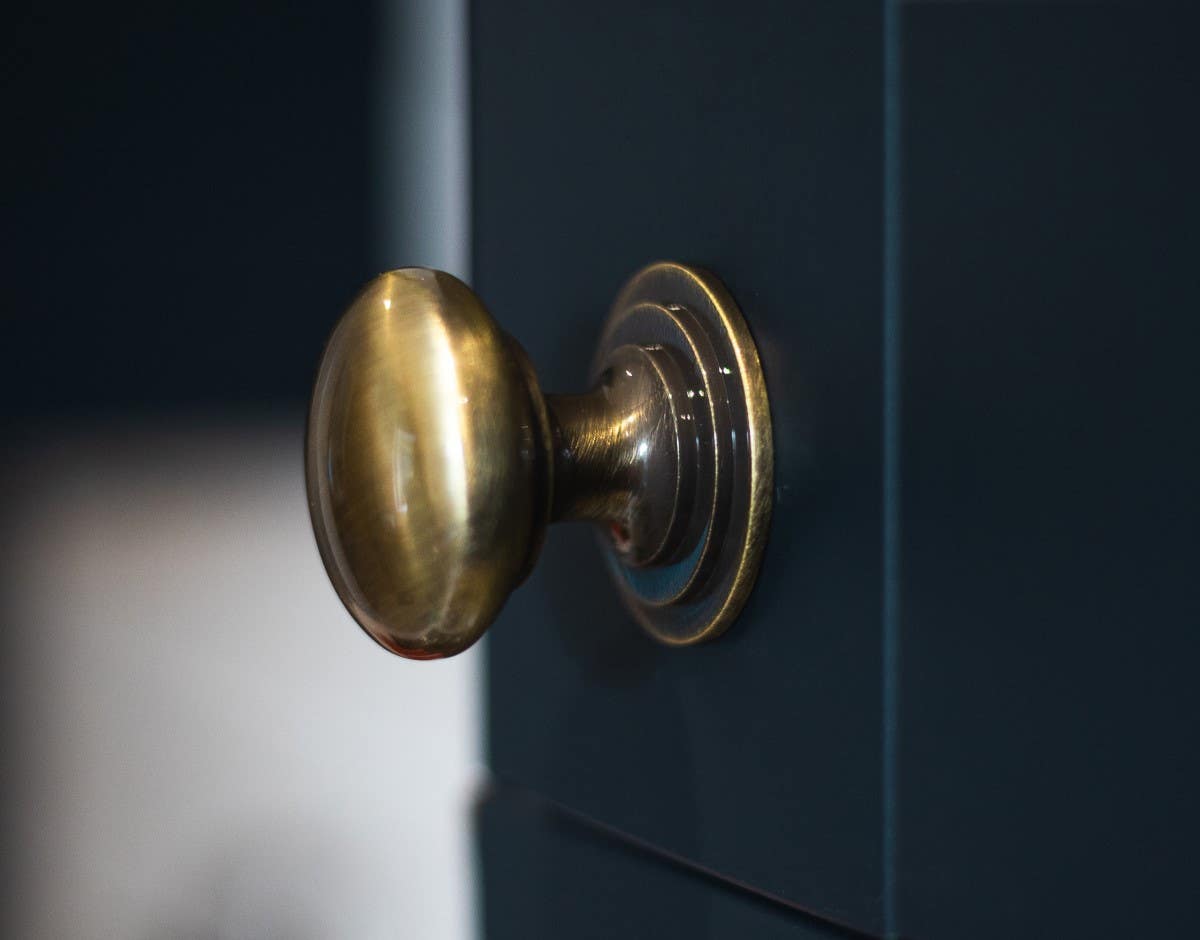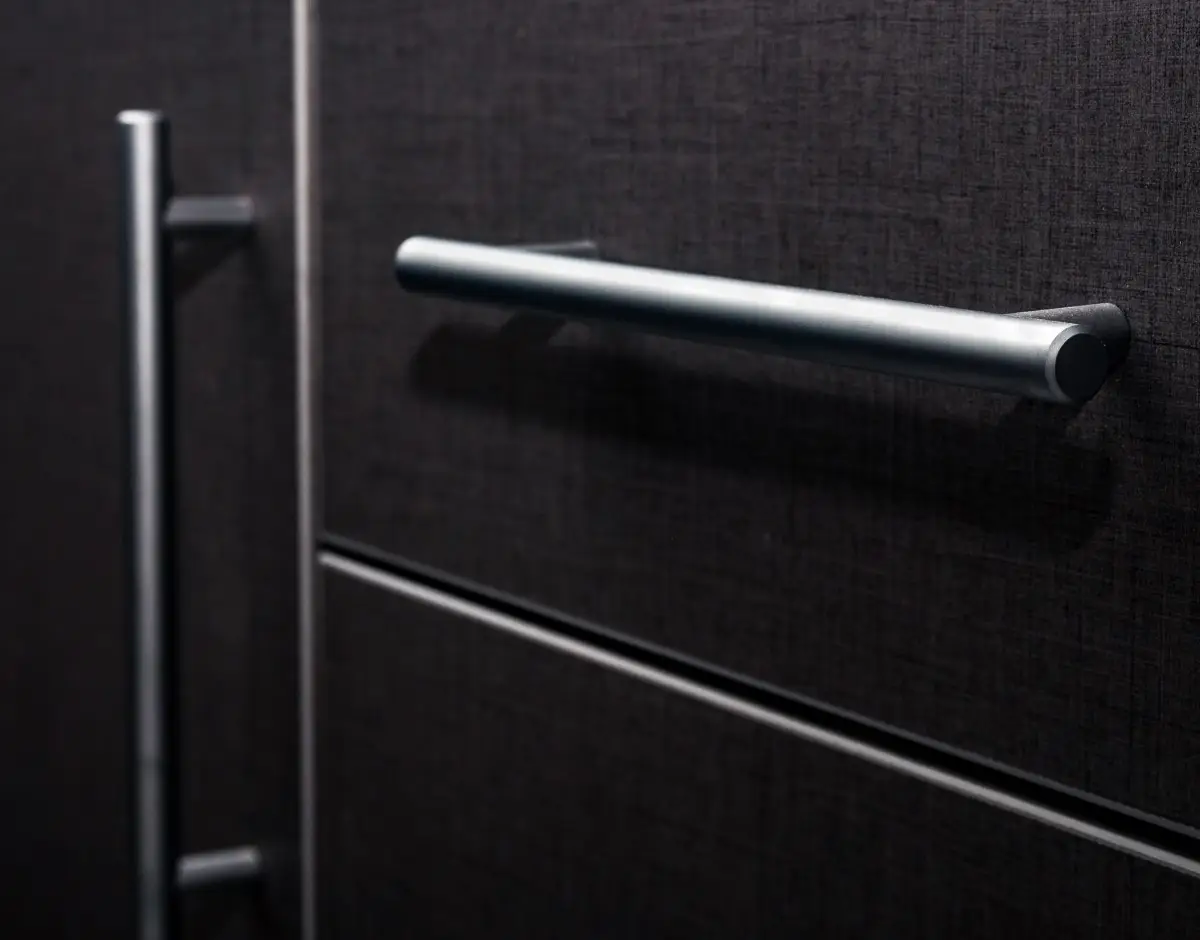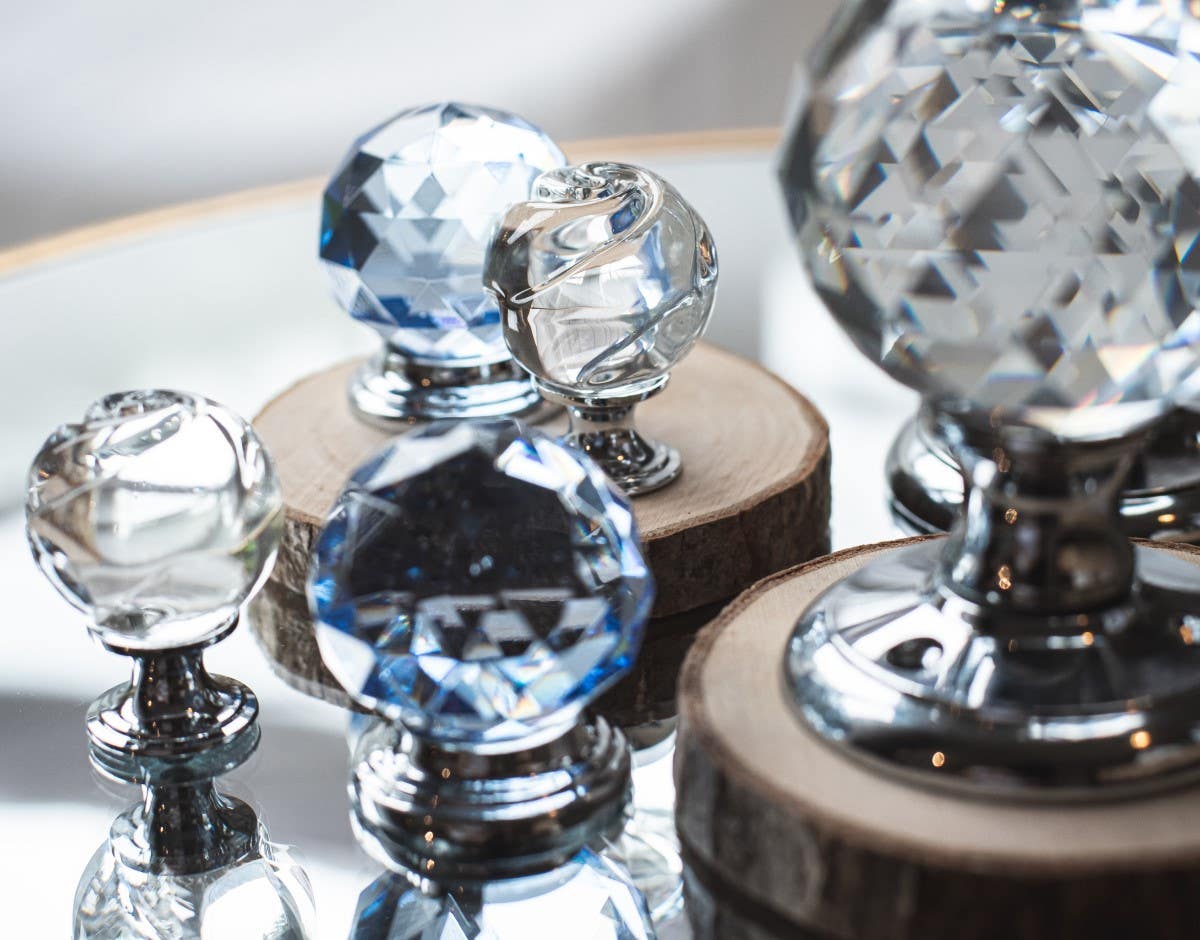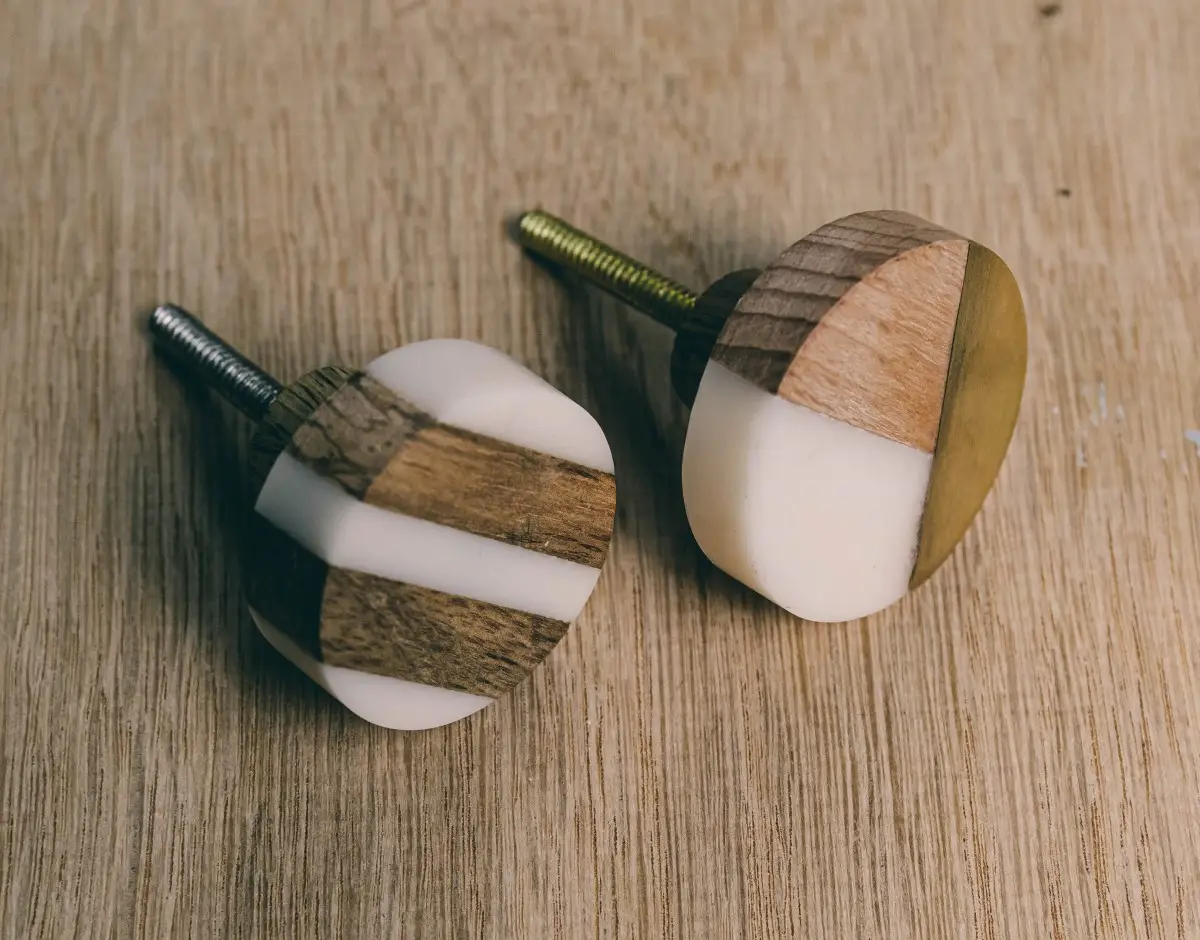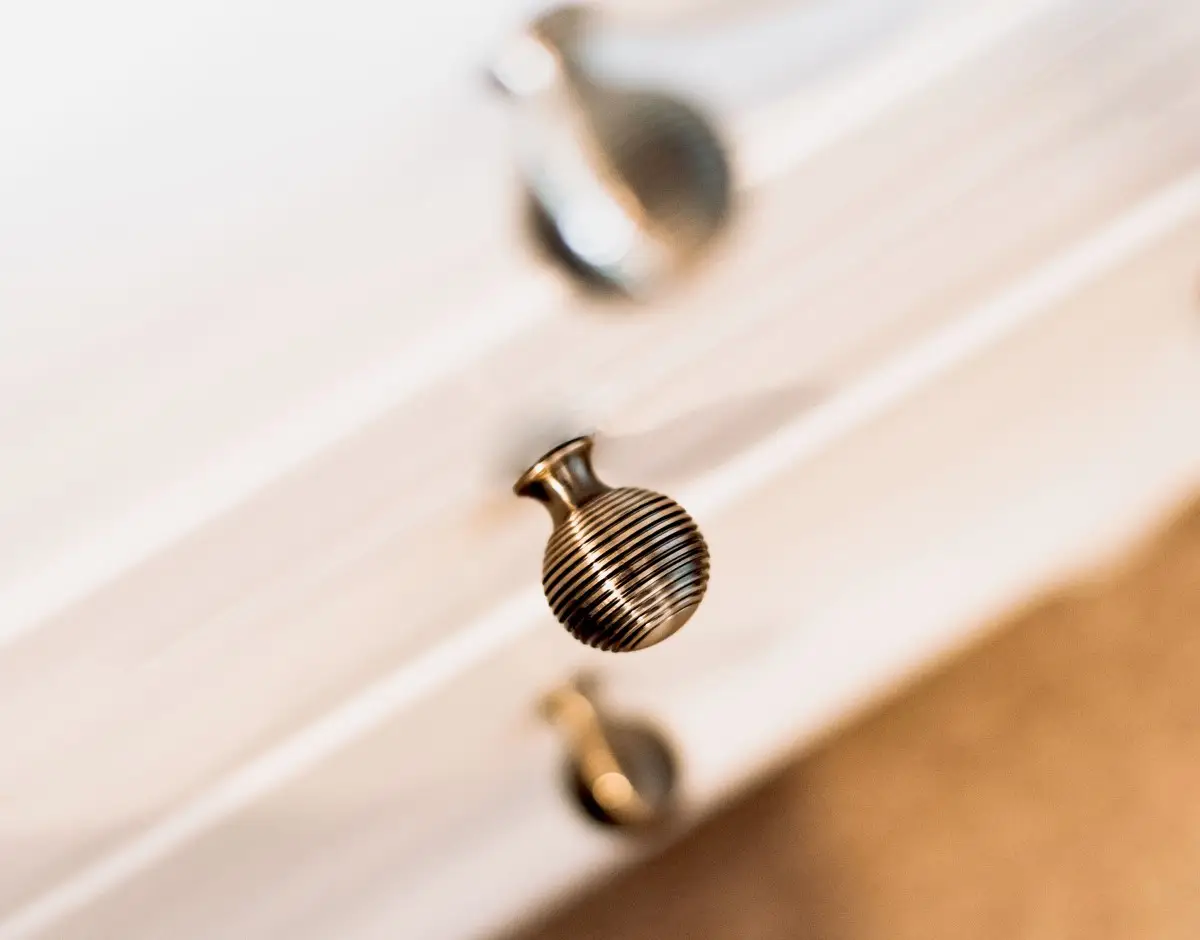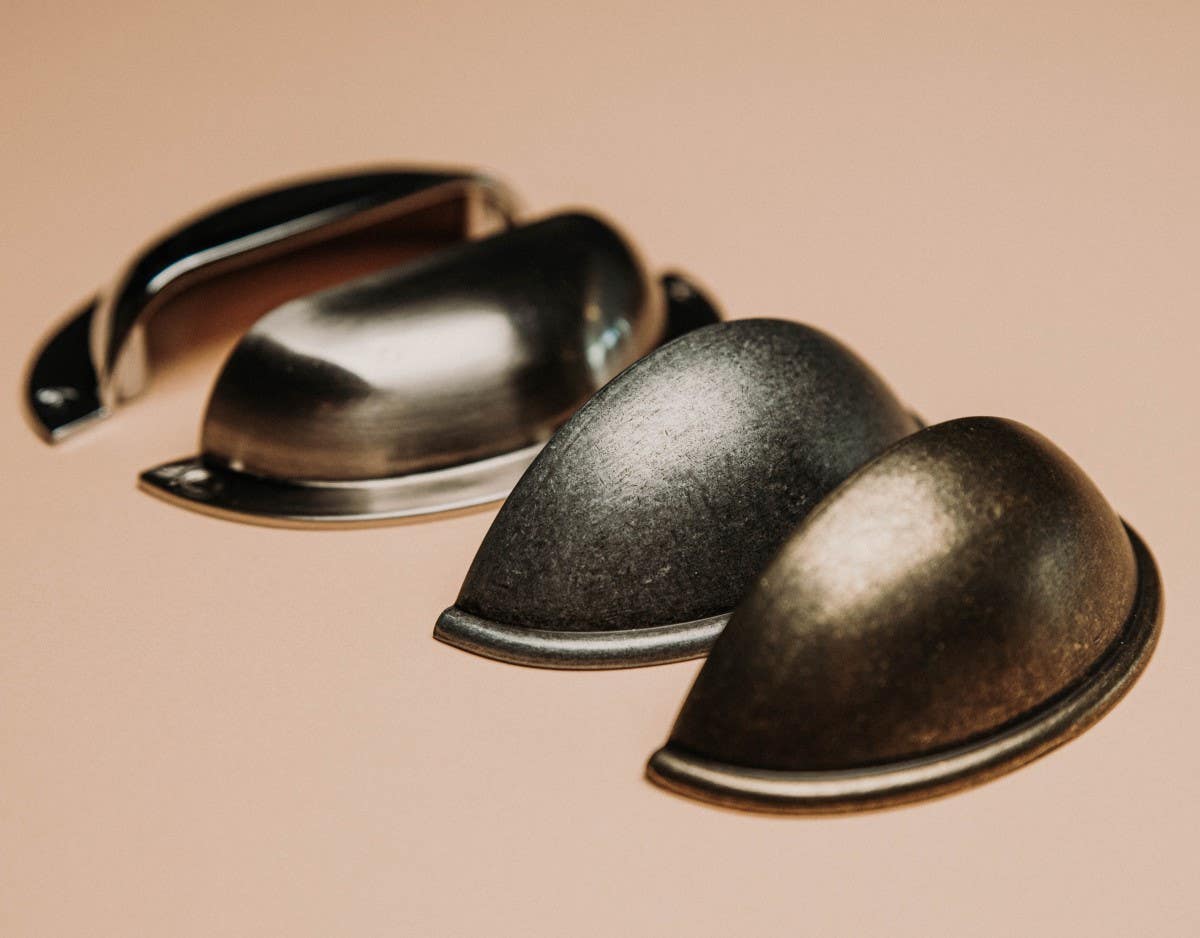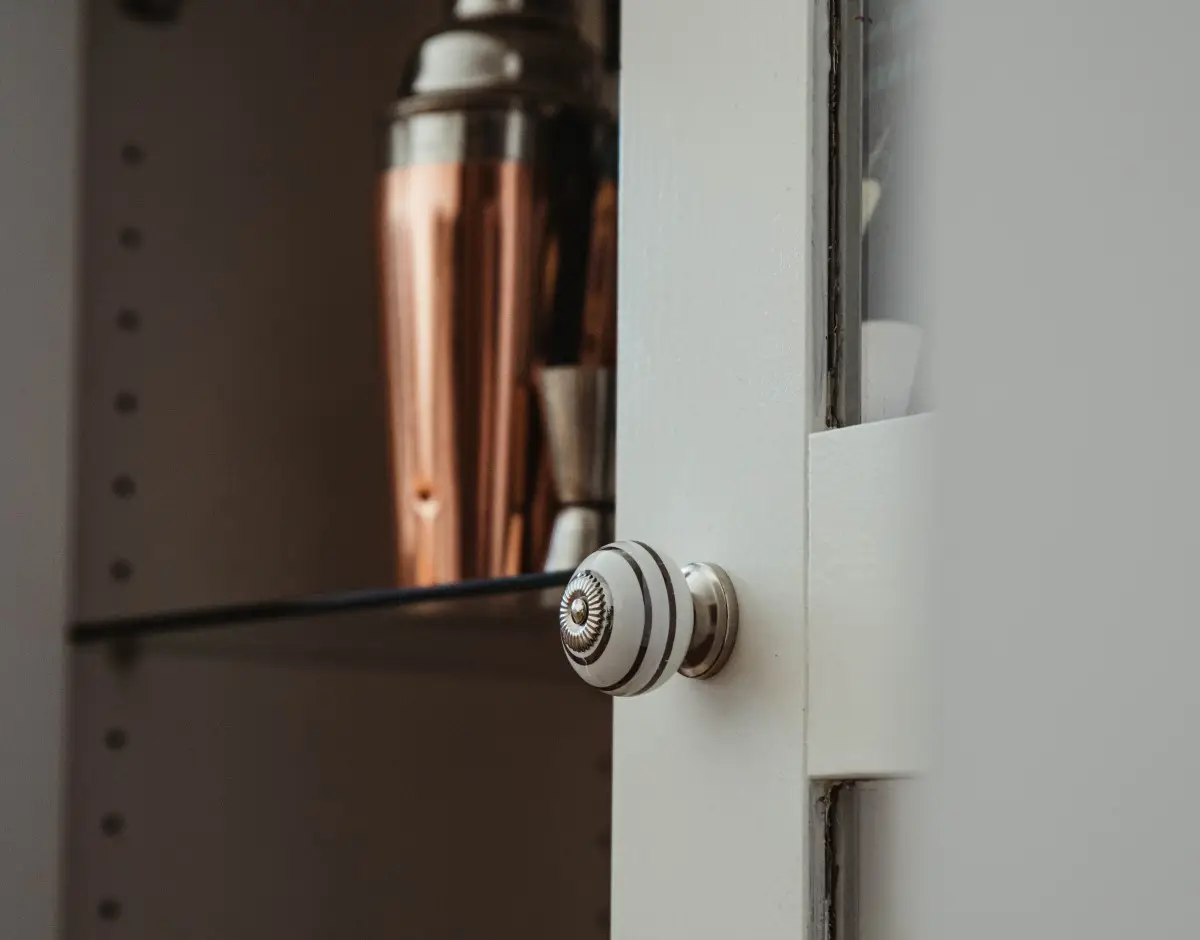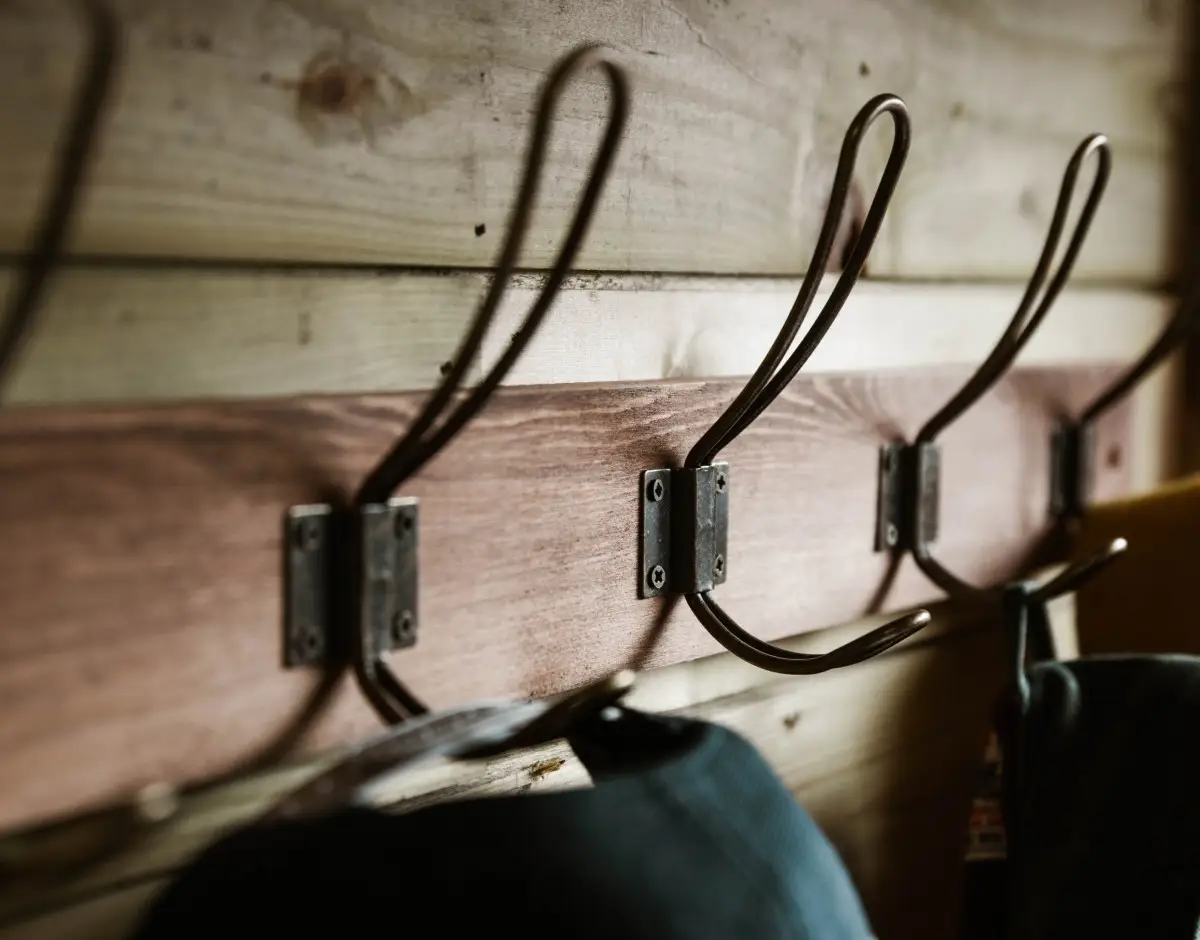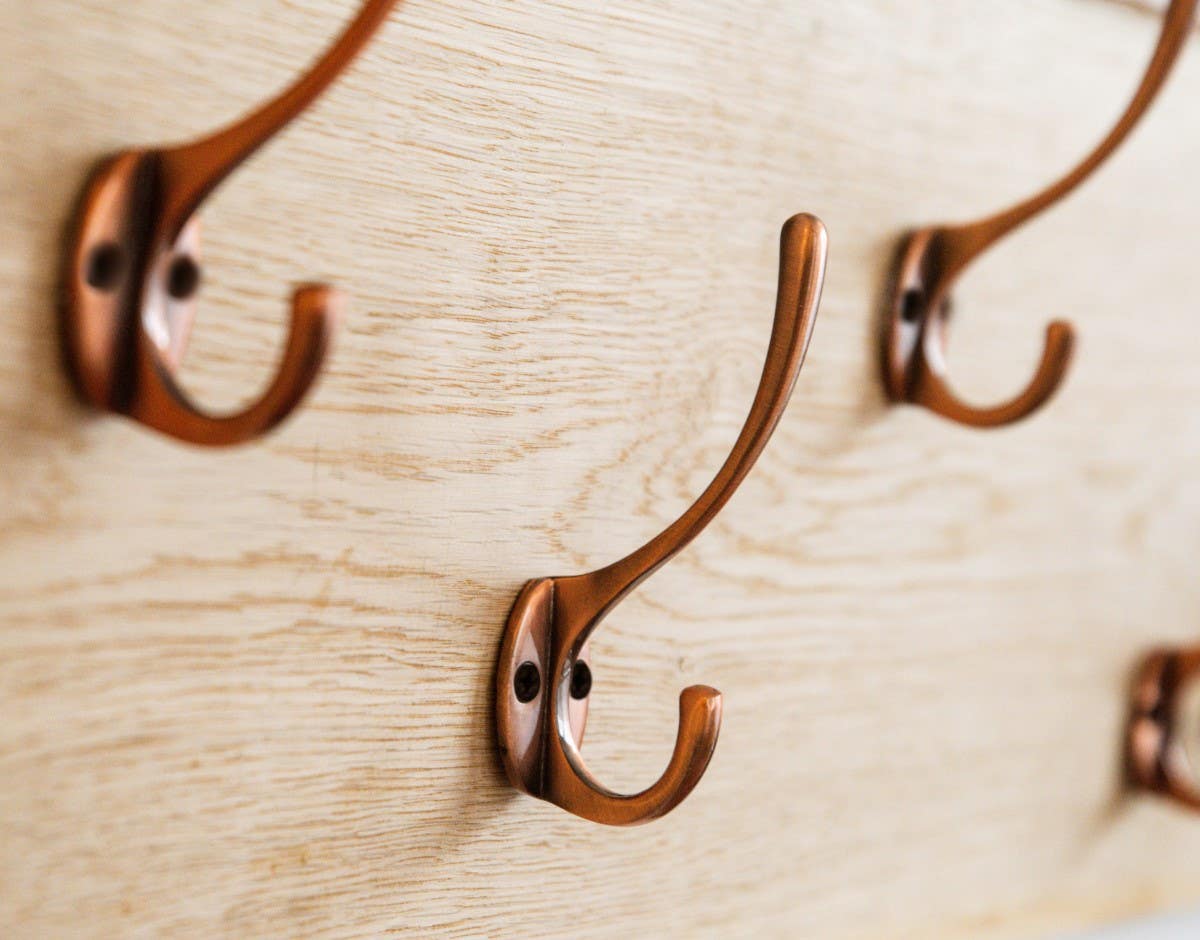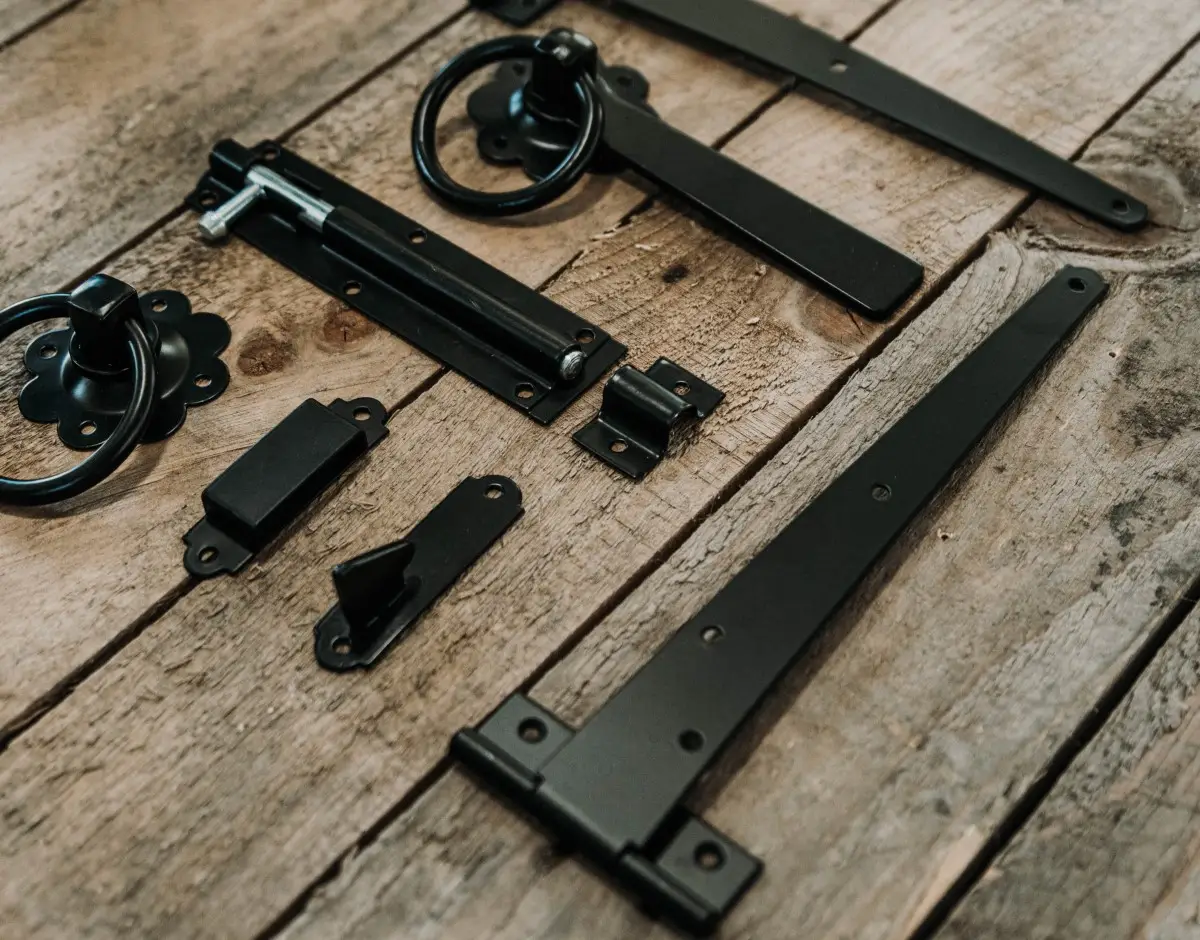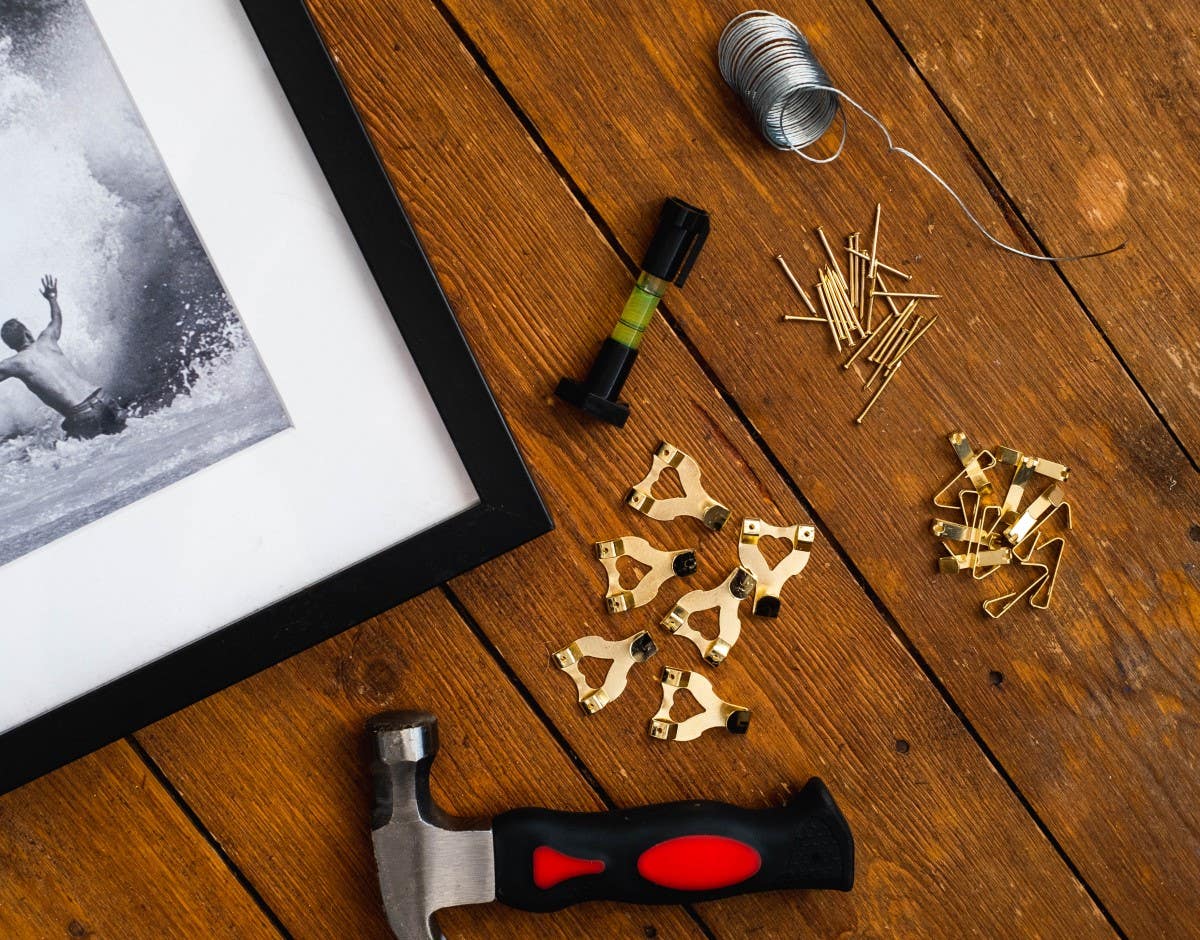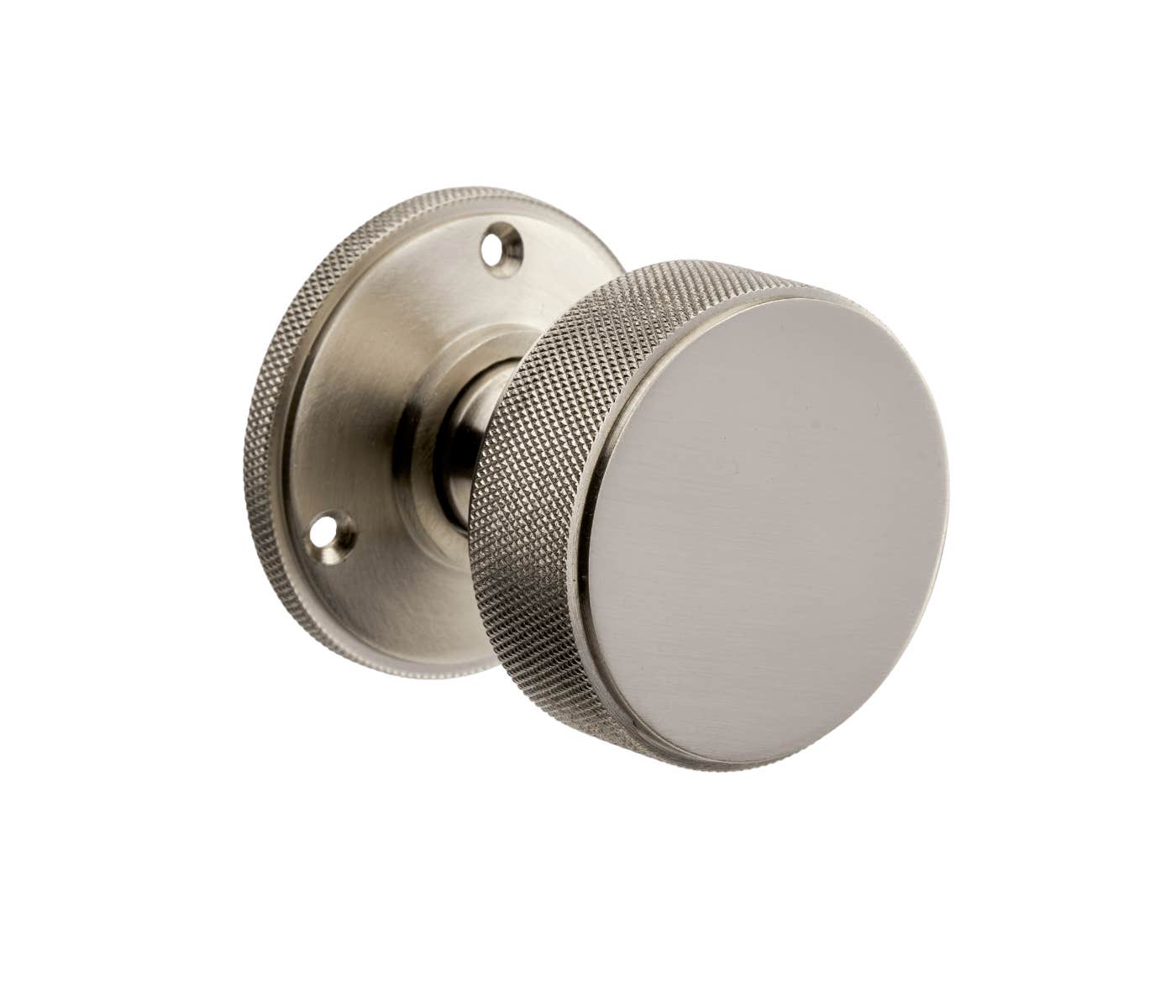Exploring Classic Interior Design - Art Deco-Style Door Handles
Article Topics:
- What is Art Deco Design?
- Signs of the Times
- Interior Design Style
- Art Deco Style Door Knobs
- Art Deco Style Lever Handles
Introduction
Immediately recognisable in architecture and interior design, Art Deco style offers a world of ideas and inspiration for contemporary home decor and renovation. In this article, we'll take a journey back in time to explore the essence of the Art Deco era, with a special focus on interior design, and door handles in particular. But first, let's pin down what we mean by 'Art Deco'.
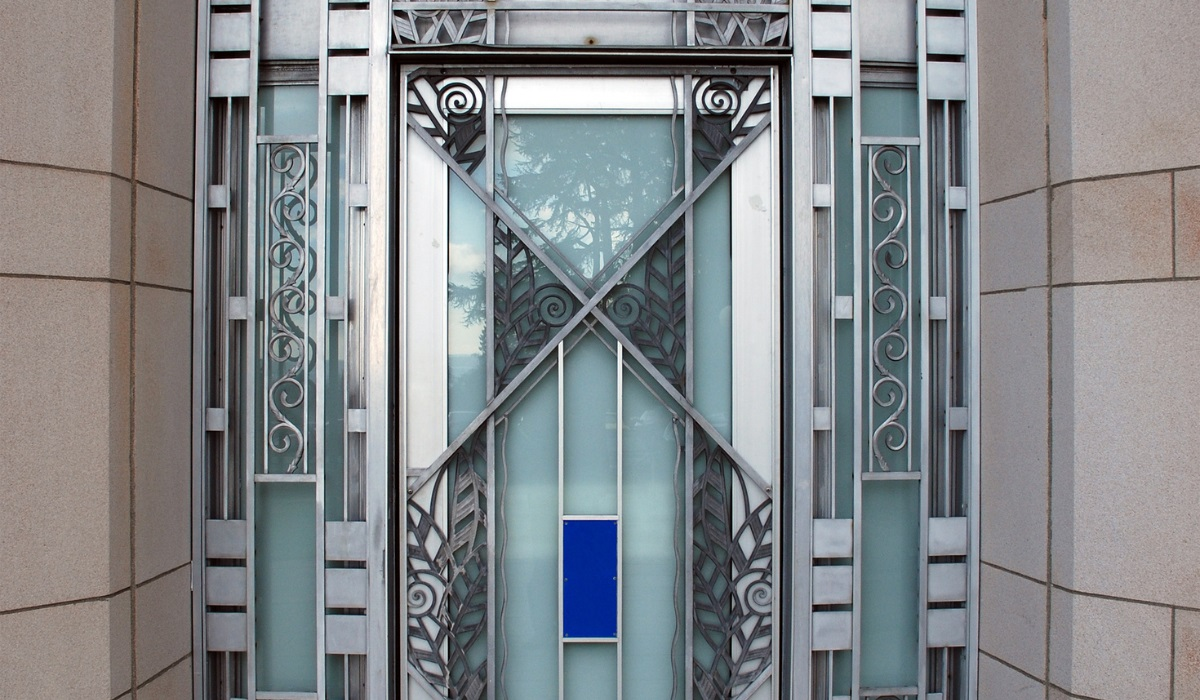
What is Art Deco Design?
Art Deco design style flourished between the two World Wars, reflecting a world in transition. It was an era of both prosperity and uncertainty, as the Roaring Twenties brought unprecedented economic growth while the Great Depression cast a long shadow over the 1930s. This backdrop of change and upheaval fuelled a desire for something new and different, and Art Deco evolved in response to these turbulent times.

Art Deco emerged in France at the Internationale des Arts Decoratifs et Industriels Modernes — that's where Art Deco gets its name. This 'style moderne' gained traction as an expression of the young 20th century, marking a break with historical architectural and interior design influences in a celebration of a new modernistic style.
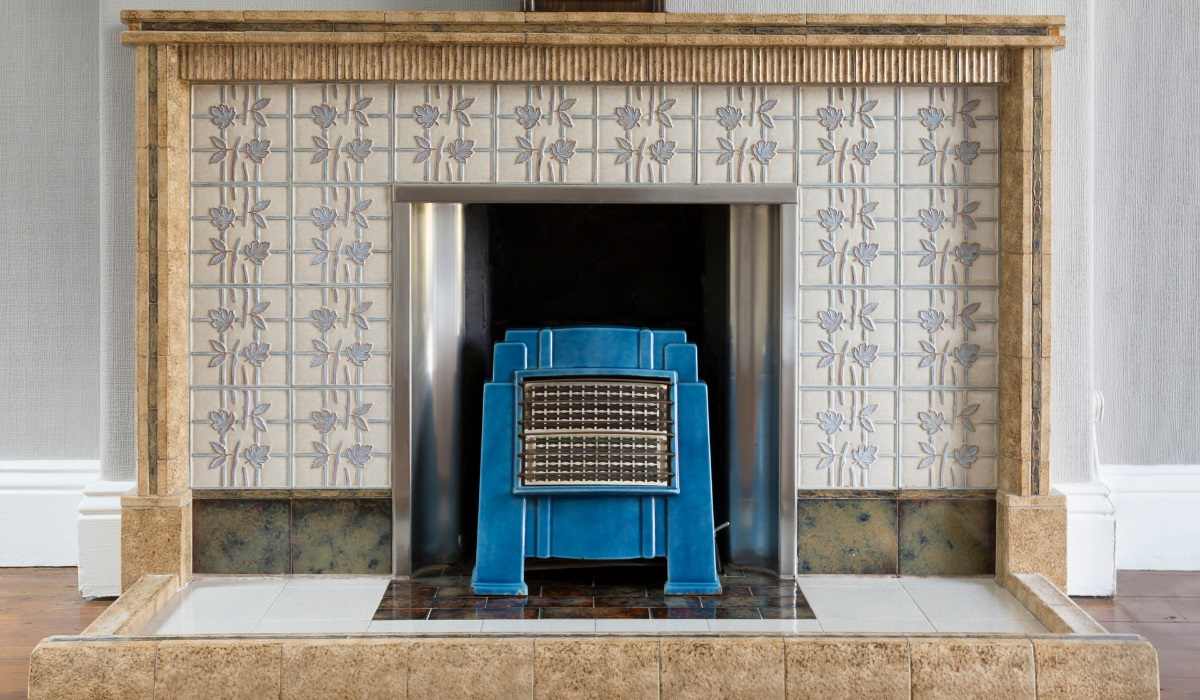
Synonymous with innovation and luxury, Art Deco left an indelible mark on the world of design and aesthetics. The Art Deco movement transformed the way architecture, fashion and interiors were percieved. Let’s get a feel for Art Deco era.
Signs of the Times
The Art Deco era reflected post First World War society in Europe and America particularly. This period, spanning the 1920s and 1930s, was marked by significant world events, inventions and technology.

World Events
The Roaring Twenties, as it was later referred to, is a decade characterised by economic prosperity and cultural dynamism in America and Western Europe. Jazz music, flapper fashion, and the rise of the automobile were important elements of the times.

The 1920s saw the prohibition of alcohol in the United States, which led to the rise of illegal speakeasies and organised crime.
Towards the end of the Art Deco period the Wall Street Crash triggered the Great Depression, leading to widespread economic hardship and unemployment throughout the 1930s.
The Art Deco era coincided with the emergence of modernist literature and art, with notable figures like F. Scott Fitzgerald and Pablo Picasso making significant contributions.

Image Credit: Wealds & Downland
Technological Progress
The 1920s marked the rapid growth of radio broadcasting, leading to a new era of mass communication and entertainment.
The Art Deco era saw the rise of consumer culture, with the widespread availability of products like radios, refrigerators, and vacuum cleaners.

The automobile industry continued to flourish, with the development of more affordable and streamlined cars like the Ford Model A and Model T and the beginning of assembly line mass production.
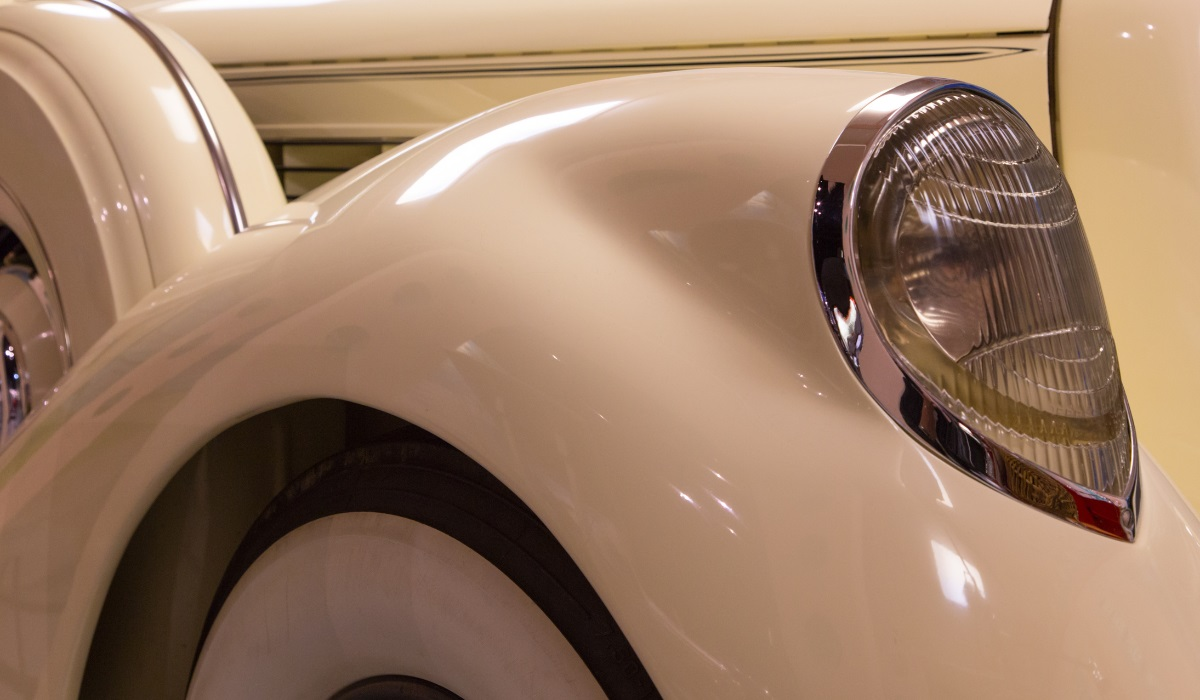
Art Deco architecture made an impact as skyscrapers in American cities began to rise, iconic buildings such as the Chrysler Building and the Empire State Building in New York and the Chicago Board of Trade symbolised architectural innovation and urban growth.

The film industry saw the release of films like Fritz Lang's Metropolis and The Jazz Singer (the first talkie) marking a significant moment in cinematic history in 1927.

Image Credit: The Guardian
These are just some of the events and achievements that helped define the Art Deco period and contributed to its historical significance, capturing the essence of a time marked by innovation, cultural change, and shifting global dynamics.
Art Deco Interior Design Style
Art Deco isn’t concerned with the function-over-form aesthetic associated with other Modernist styles, such as Bauhaus. It's actually about form, taking cues and inspiration from the progress and innovation going on in the world at the time.

The Art Deco Look
Characterised by sweeping curves, a streamlined look, geometric shapes, and a strong sense of symmetry, Art Deco design celebrated modern technology, which was symbolised in the use of materials such as chrome, coloured glass, aluminium, brass, stainless steel and black lacquer.
The movement took inspiration from a disparate range of influences, including ancient cultures, the machine age, and the natural world, resulting in a unique blend of styles that was bold and extravagant.
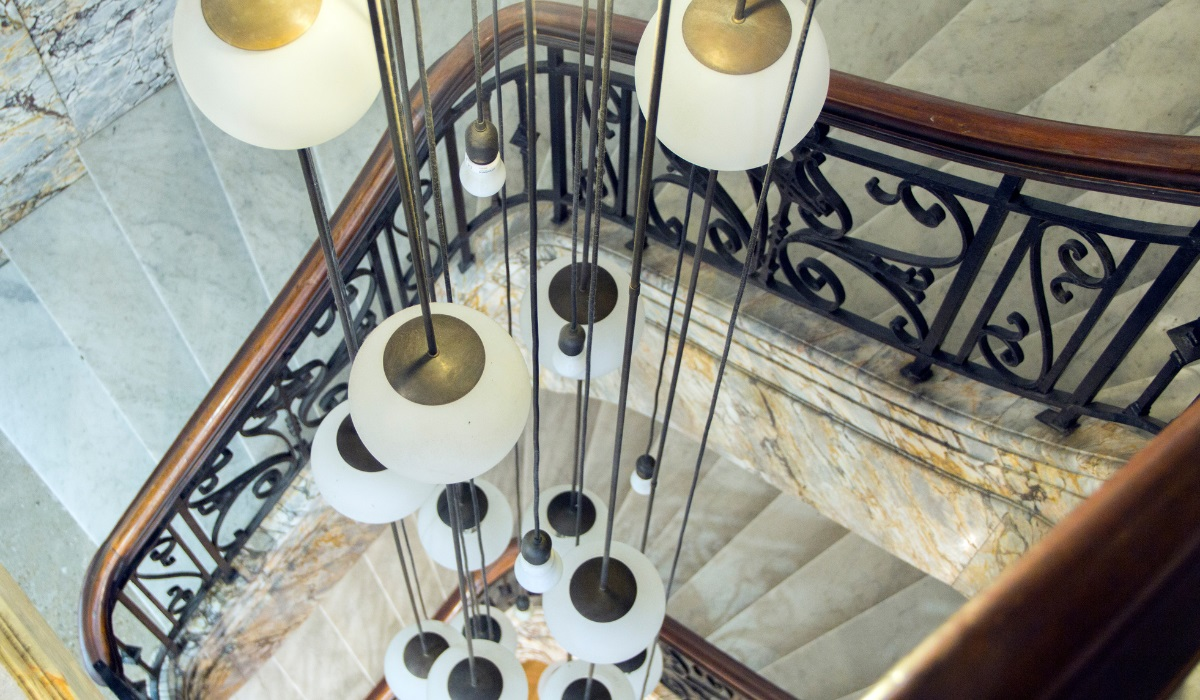
Art Deco Interiors
Art Deco influence was perhaps most evident in interior design. Homes, offices and public spaces were transformed into more daring and glamorous environments.
Interiors embraced rich materials such as marble, exotic polished wood, and precious metals. These materials contributed to the feeling of luxury and decadence that was central to the Art Deco aesthetic.
As an interior design style based on form and decoration, Art Deco designers cherry picked elements from a wide range of areas, such as cubist art, ancient Egyptian culture, sub-Saharan African tribal art, and Mesoamerican art and craft.
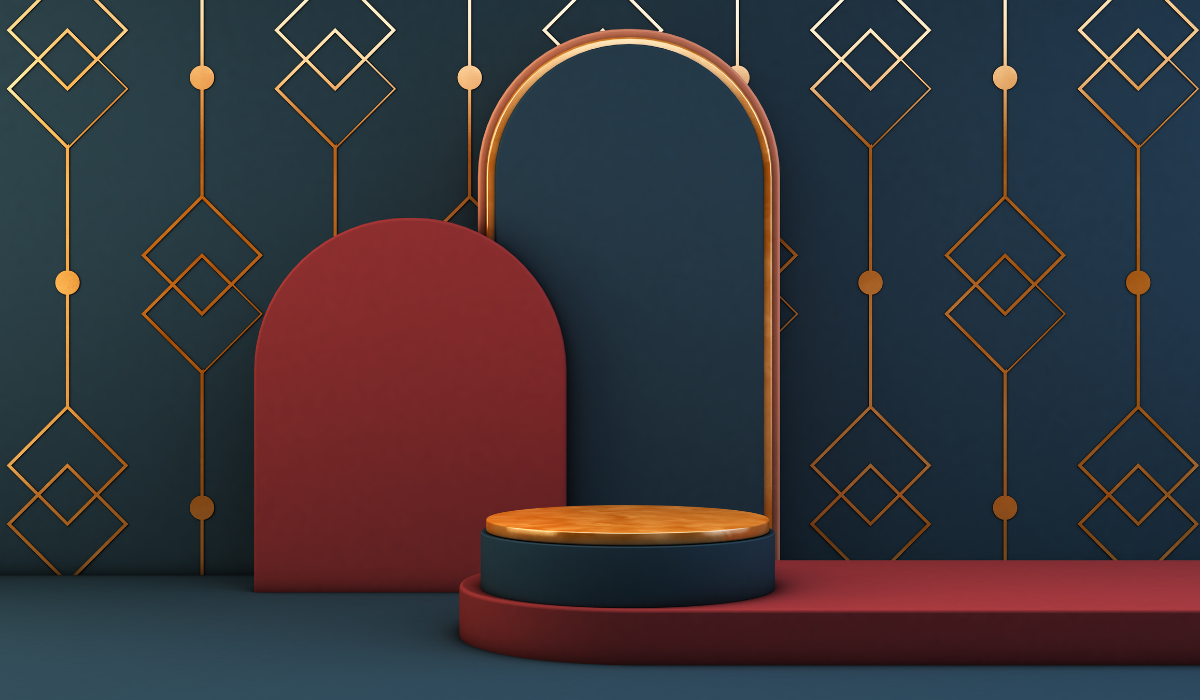
Elements of Art Deco
Strong, angular geometrical shapes adorned walls, floors, and furnishings. Geometric patterns, zigzags, chevrons, and stepped patterns were especially popular.
Darker colours like black, navy blue, and deep green were paired with brighter colours, vibrant shades of red, gold, and royal blue to create striking visuals. Art Deco furniture is streamlined, with smooth, polished surfaces and minimal ornamentation. This simplicity was in stark contrast to the ornate styles of some earlier periods, such as Georgian.
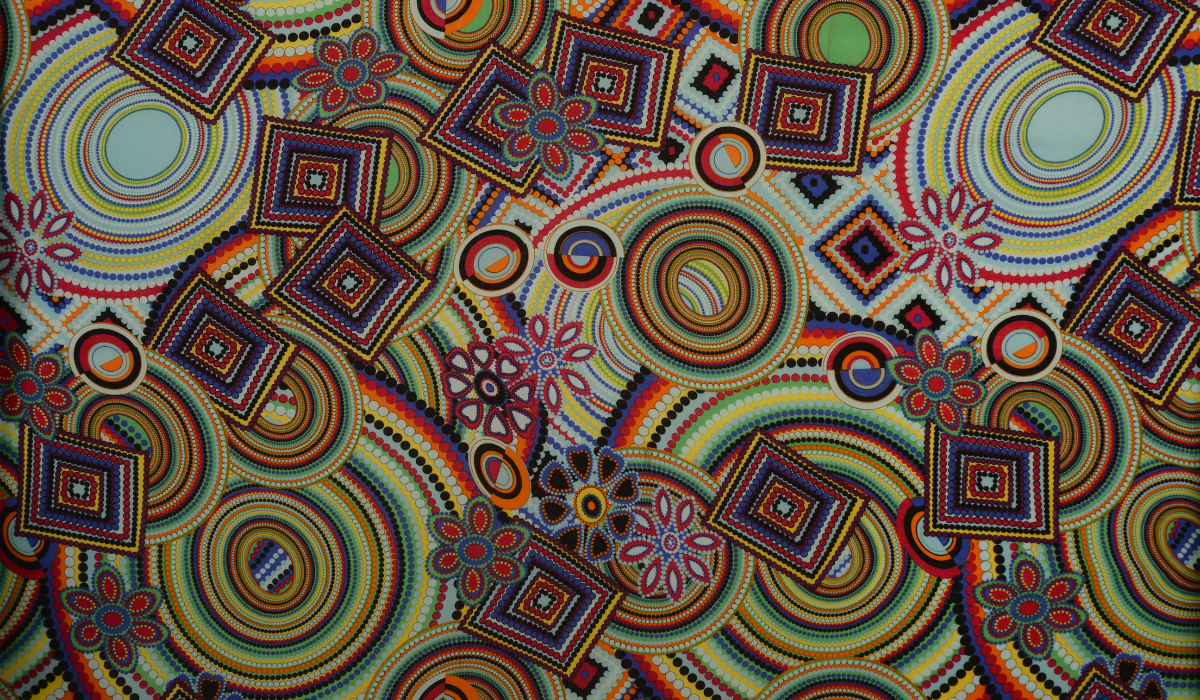
Elaborate lighting fixtures, including chandeliers and wall sconces, often made from crystal or glass, played a significant role in Art Deco style. They not only provided illumination but also served as eye-catching focal points, along with hardware elements such as door furniture.
Art Deco Style Door Knobs
Door furniture is an important element in Art Deco interior design. And particularly so for door knobs and handles. Let's take a look at some examples in the Art Deco style.
Flat, round, brass or steel interior door knobs that feature geometric detailing fit well with Art Deco designs.
Simple shapes like this are typical of an Art Deco look. With uncomplicated symmetry, modern knurled texturing and sophisticated satin nickel finish, this type of door knob can give modern interiors a classic Art Deco vibe.
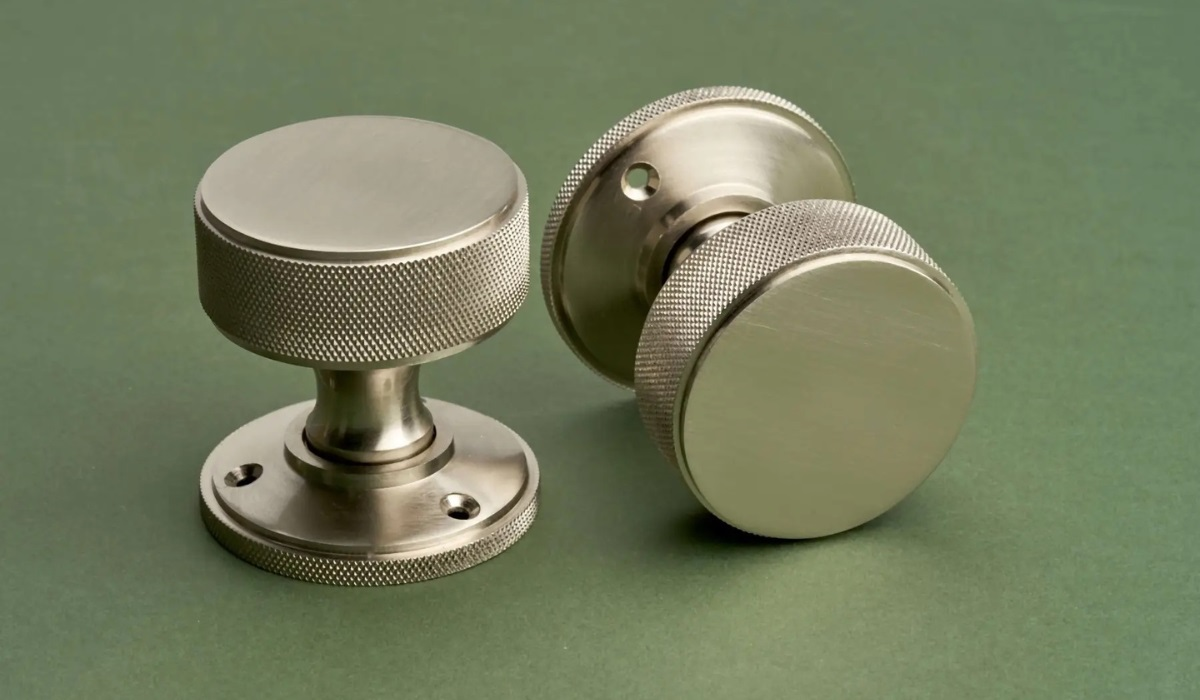
For a bolder look, this style of knob can be double ringed, which is perhaps more typical of the Art Deco period, especially in a luxurious brushed brass finish.
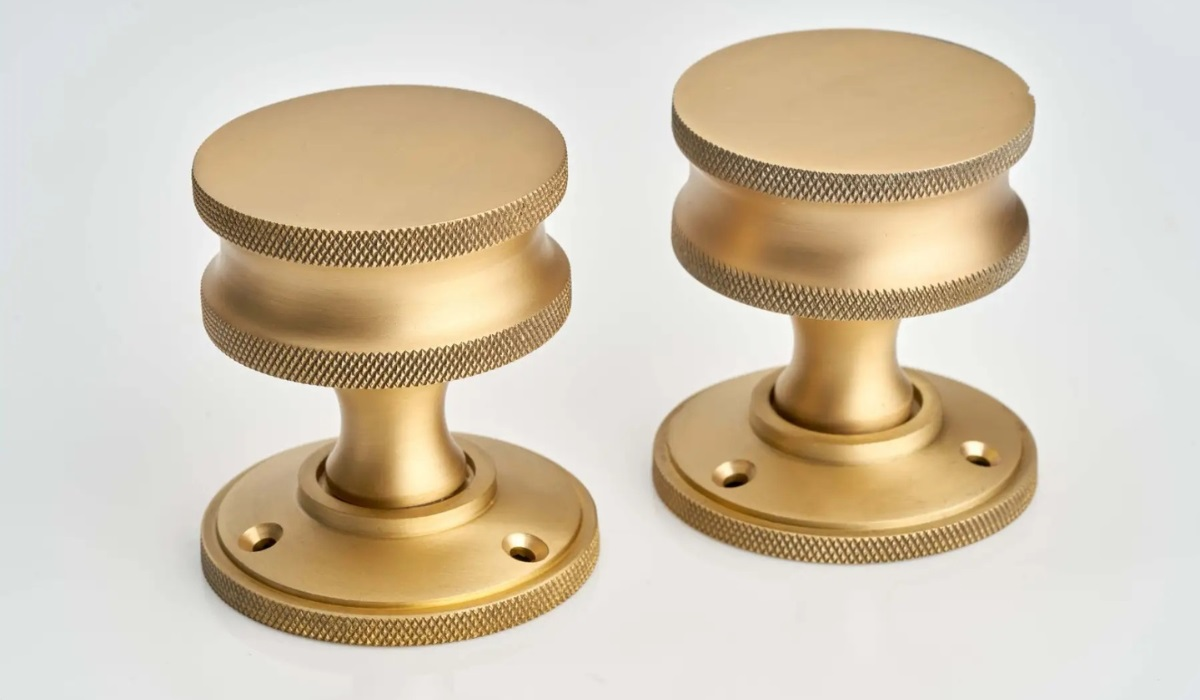
For a softer look, try the knob style below, with ringed detailing that gives a sense of streamlining popular in Art Deco interiors. Also, this kind of broader reeding echoes the step motif often seen in Art Deco.

This ringed door knob style can have a darker side, with more subtle ringed detailing and in a rich, black nickel finish.

Ceramic materials are used for Art Deco-style interiors. Ceramic door knobs are usually patterned and decorated with geometric designs.

Darker colours are used in Art Deco style interiors. Contrasting dark and light colours works well, as seen here with dark blue and white.
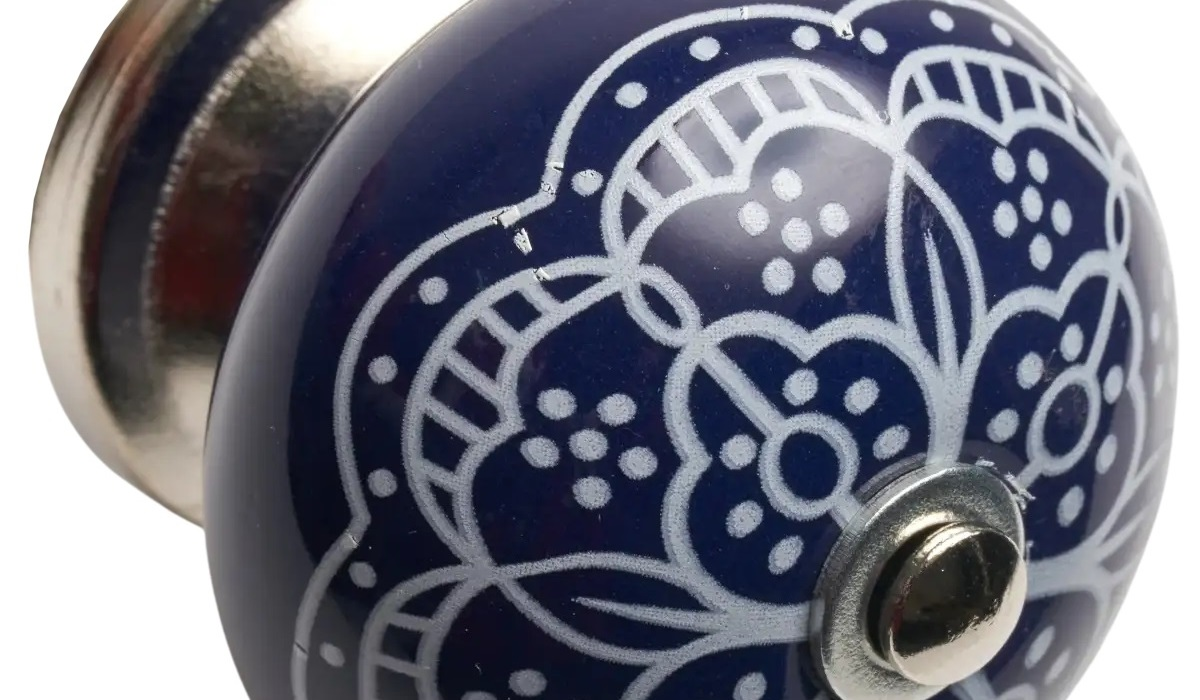
Complex geometric patterns also work well for Art Deco style. This crackle patten ceramic knob reflects angular, zigzag Art Deco motifs.
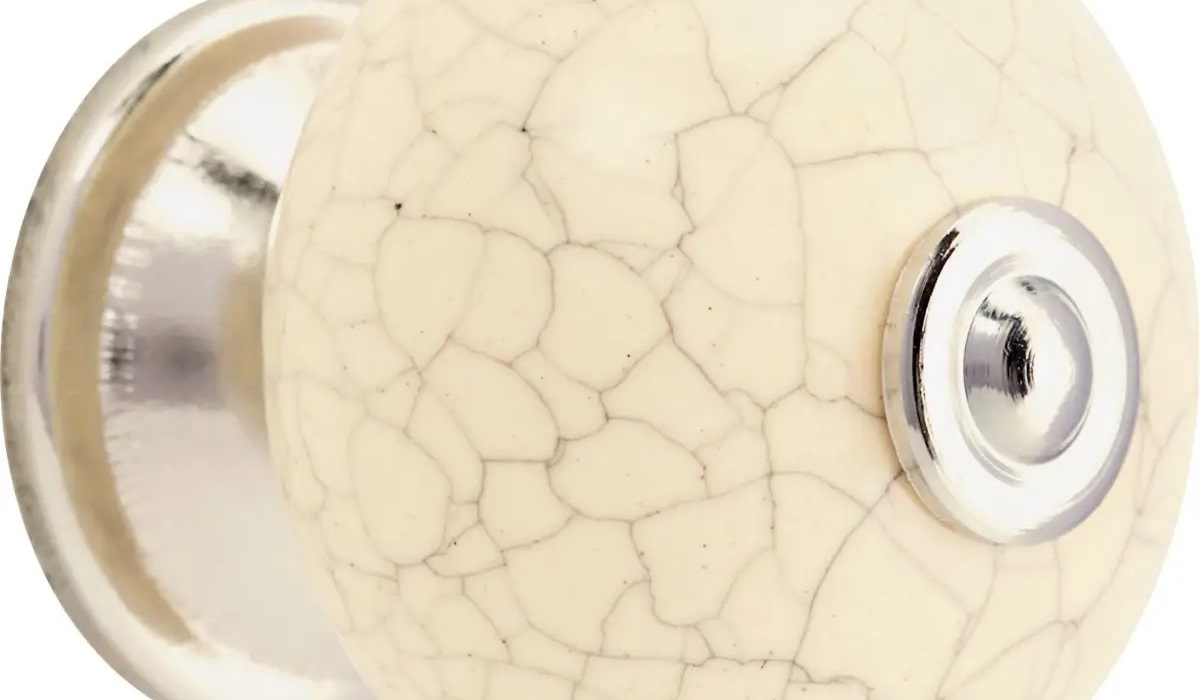
Glass is a popular material for Art Deco interiors, whether for mirrors, screens or door knobs, with glass often being coloured for the latter two applications. A good example is this black glass door knob, cut into a typically geometric design for that classic Art Deco flair.

Art Deco Style Lever Handles
Interior door lever handles follow the same Art Deco lines as the knobs we've already looked at. Knurled, brushed brass handles here have a definite Art Deco look. Note however the contemporary rose. The beauty of classic period design features is that they can be combined with other elements to offer a sense of the period without strictly sticking to its style 'rules'.
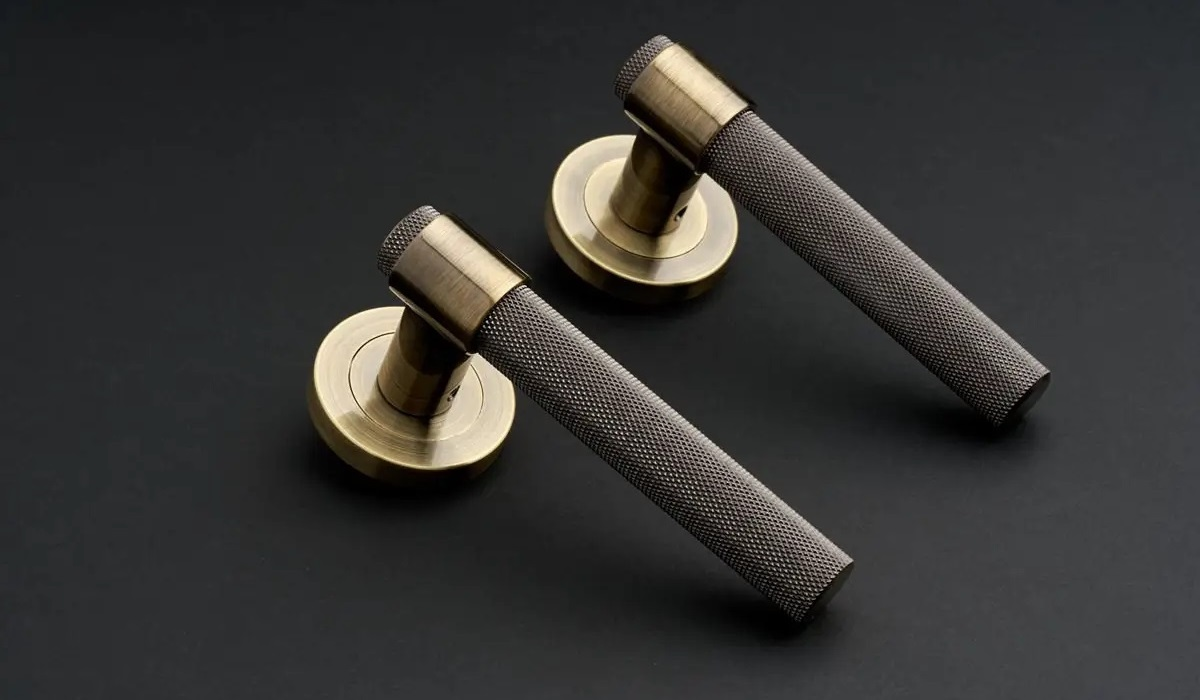
Again, in polished brass for a more striking look. As we've seen with knobs, different metallic finishes can really change the vibe of a door handle.
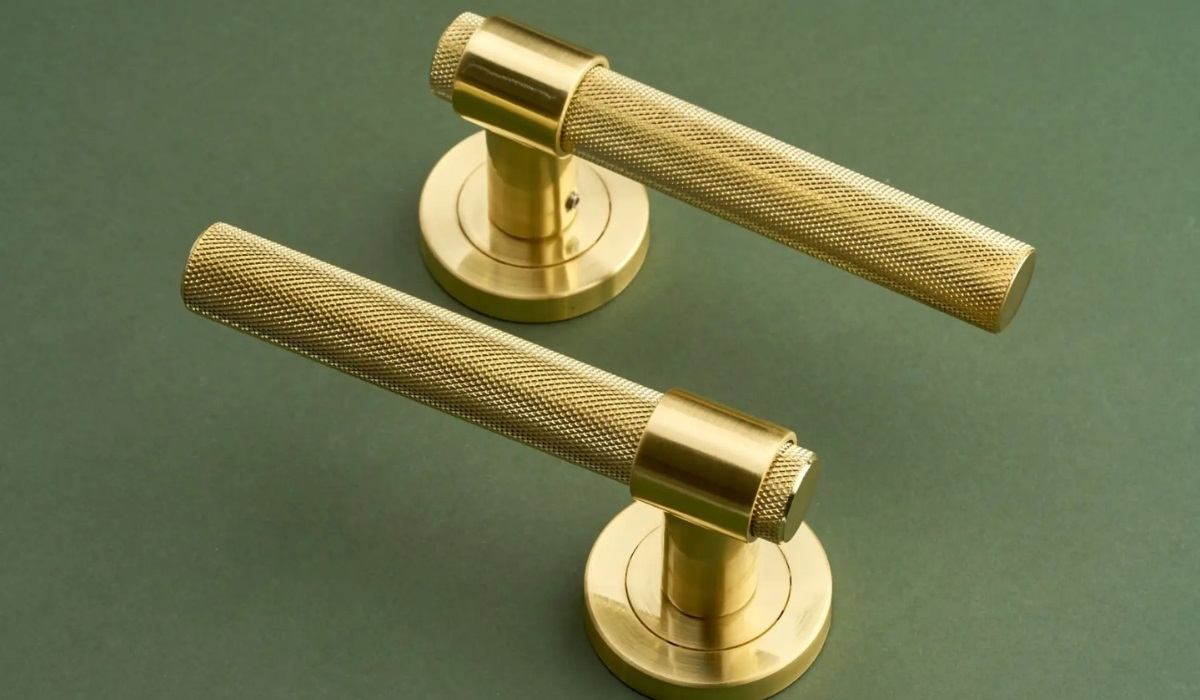
Straight, angular shapes are often seen in Art Deco interiors. Very simple, yet really quite striking, especially in a brooding, matte black finish.
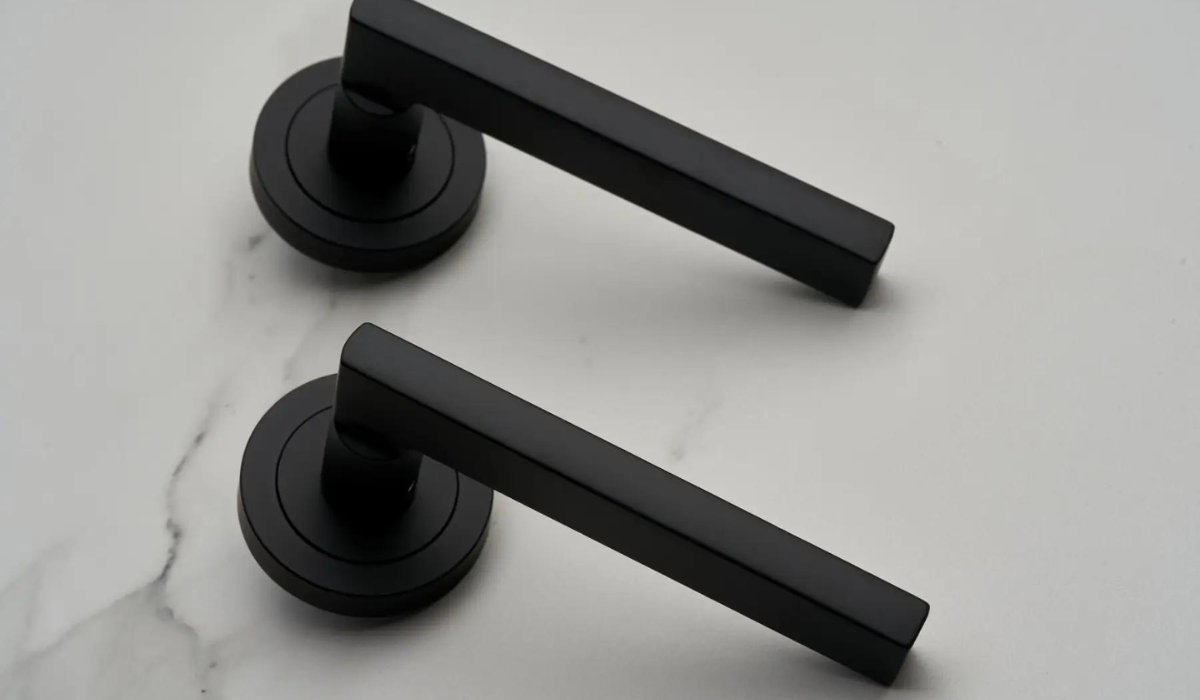
Or why not go the other way? This Art Deco-style handle design (below) is more elaborate, featuring a fluted lever with decorative stops.
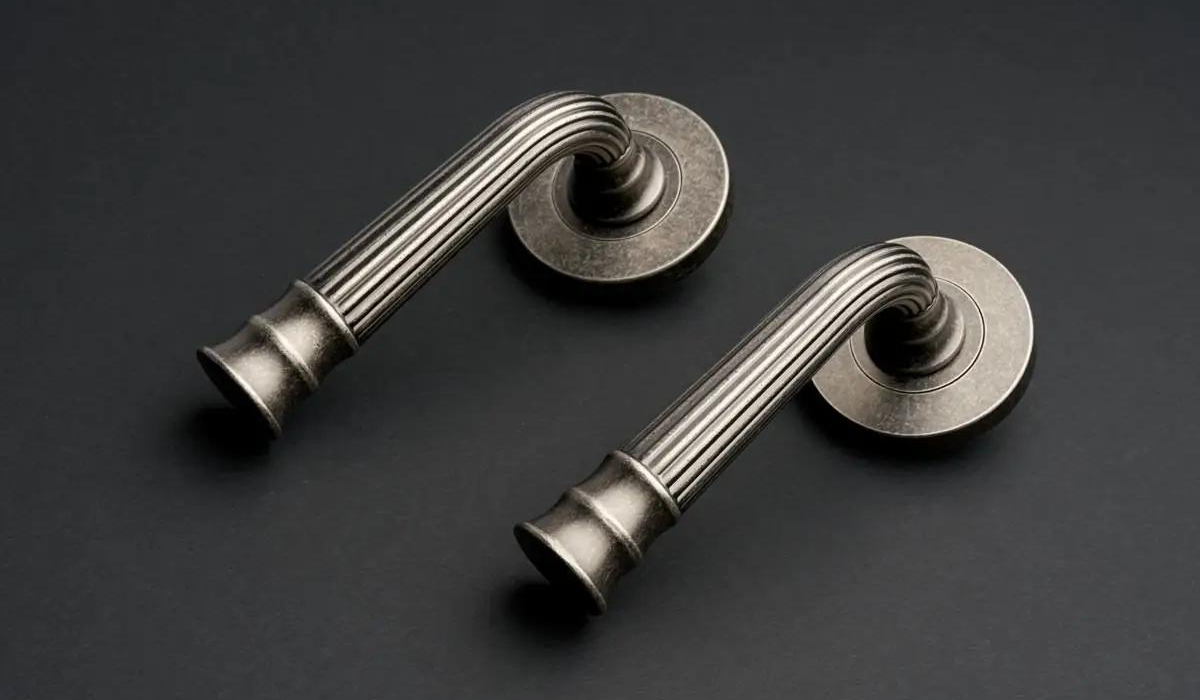
Final Thoughts
So as we've seen, Art Deco came out of a new modernity at the beginning of the 20th century, celebrating the optimism of the time (albeit ending with the Wall Street crash). Classic, traditional Art Deco has a distinctive, original look, often borrowing from art, industry and world cultures, remains a popular element in contemporary interior designs.
Whether you're an interior designer or a home improvement DIYer, Art Deco design offers a world of styles and motifs that can become part of your interior design ideas, with door knobs and handles providing a straightforward way in to Art Deco style.
For more period interior design inspiration from the Georgian, Victorian and Edwardian eras, contemporary styles, and for helpful how-to articles, visit the Hiatt Hardware Blog.
